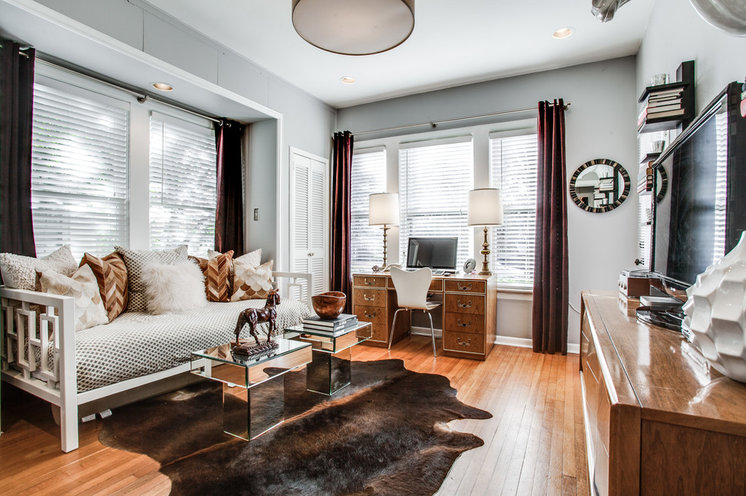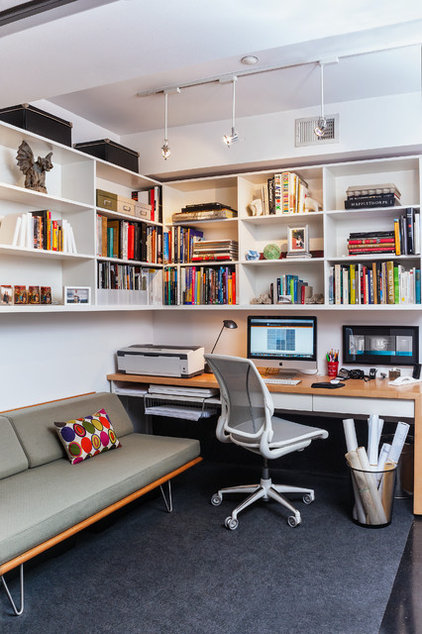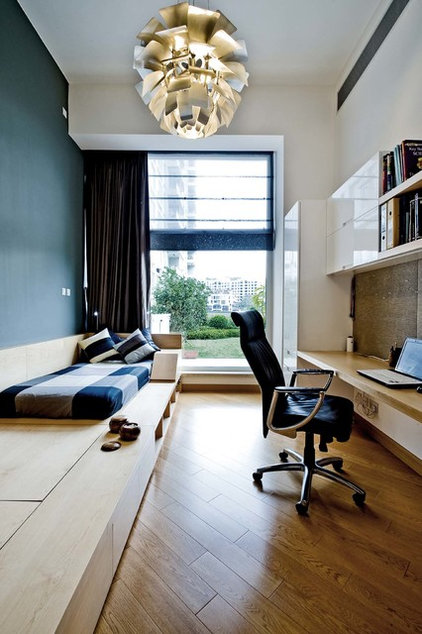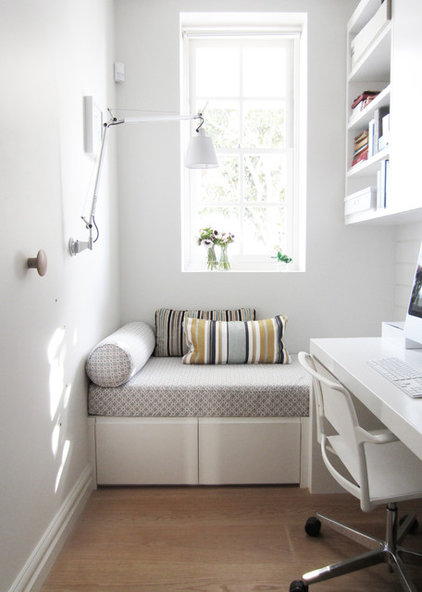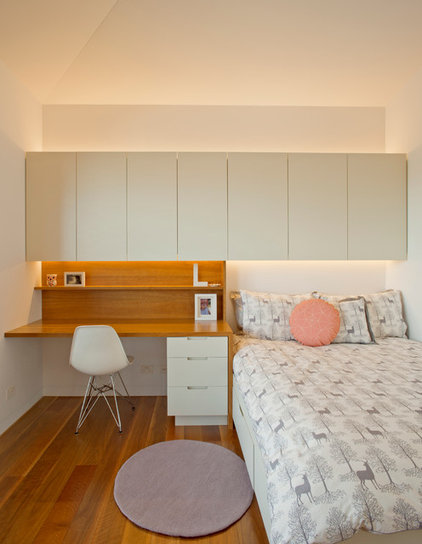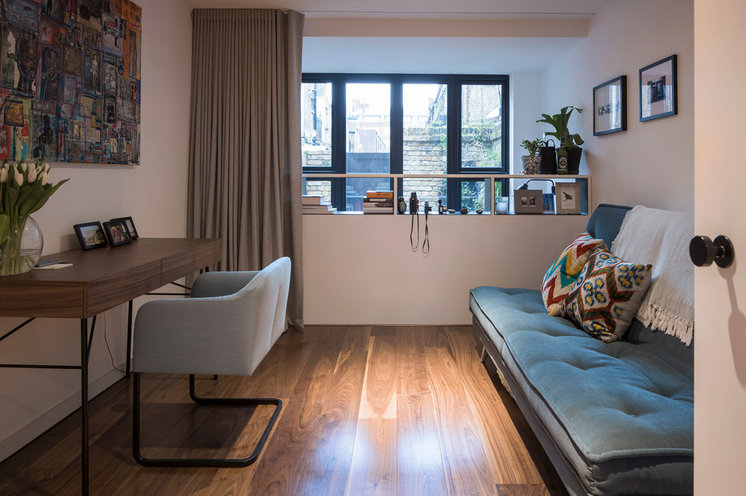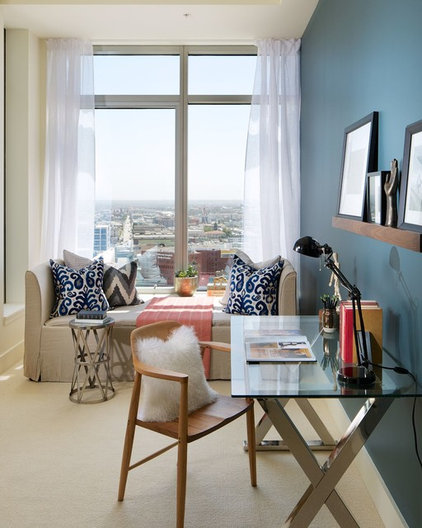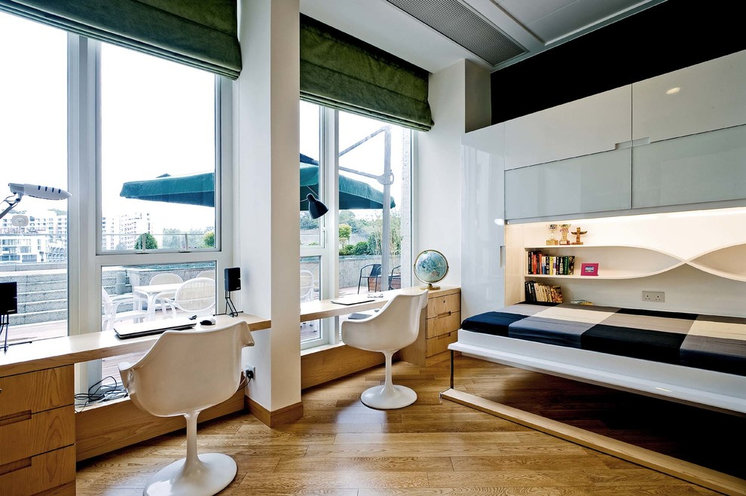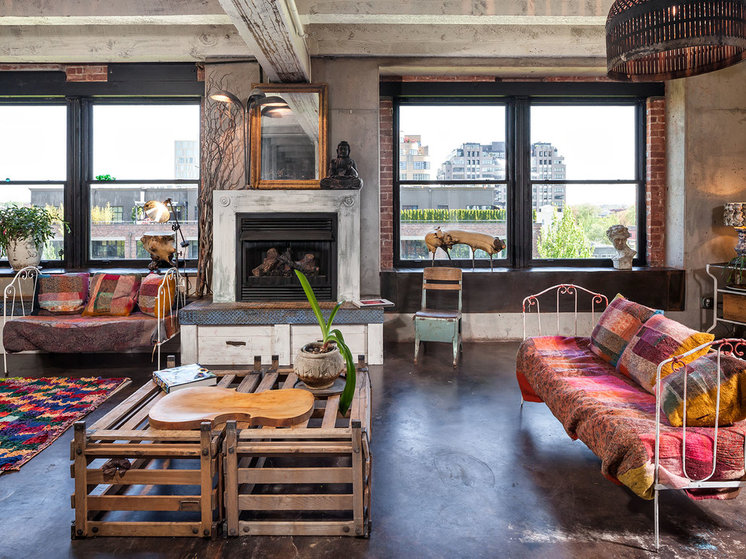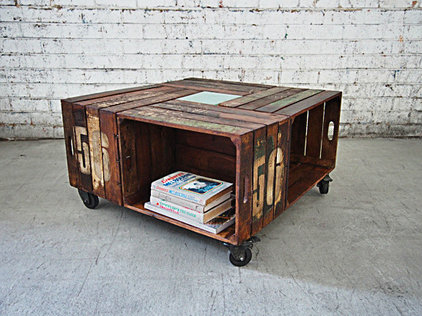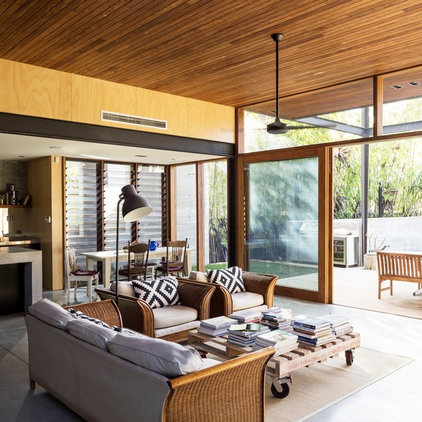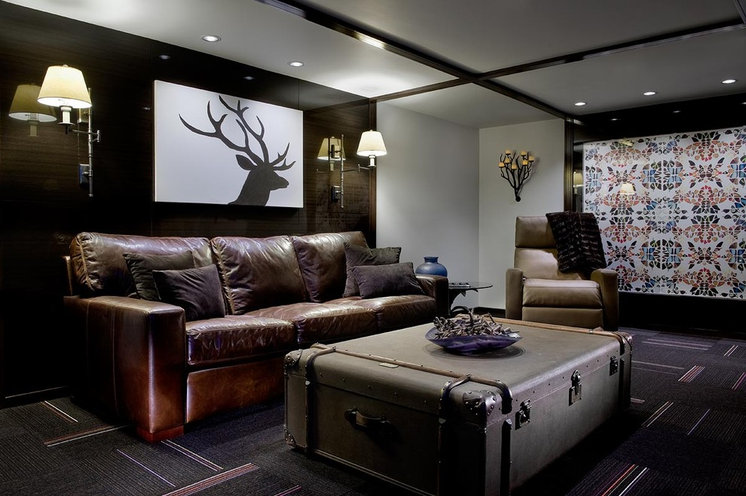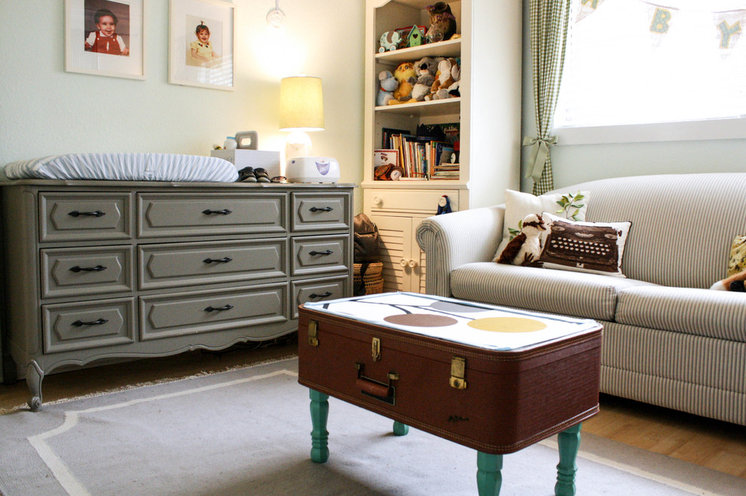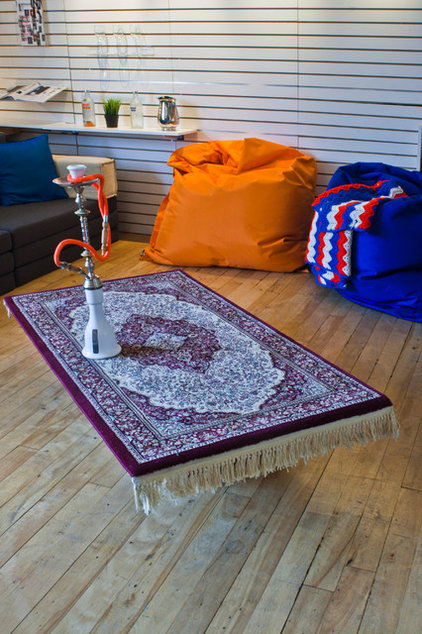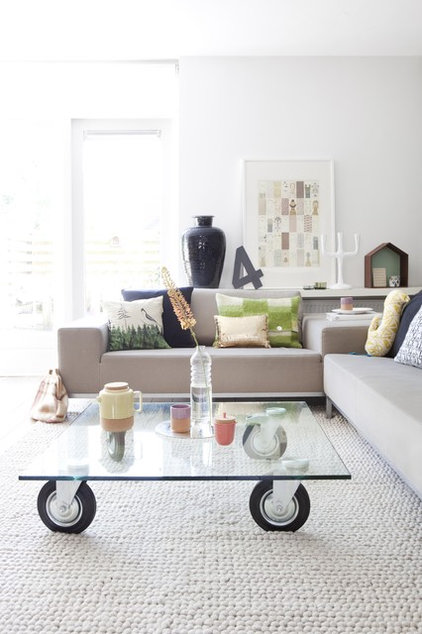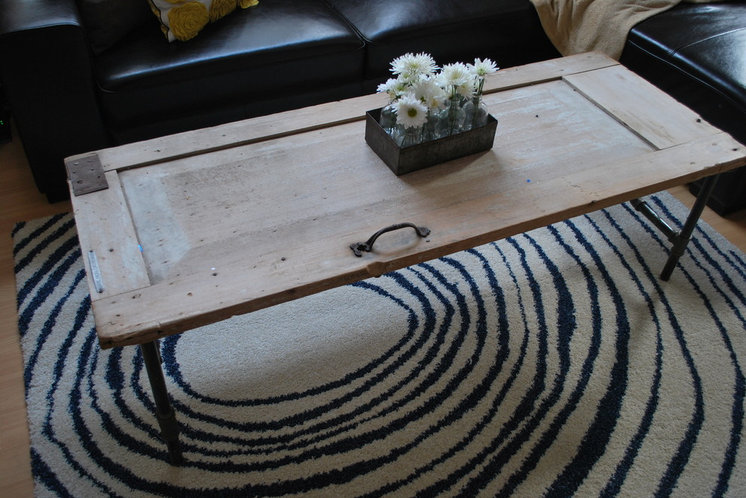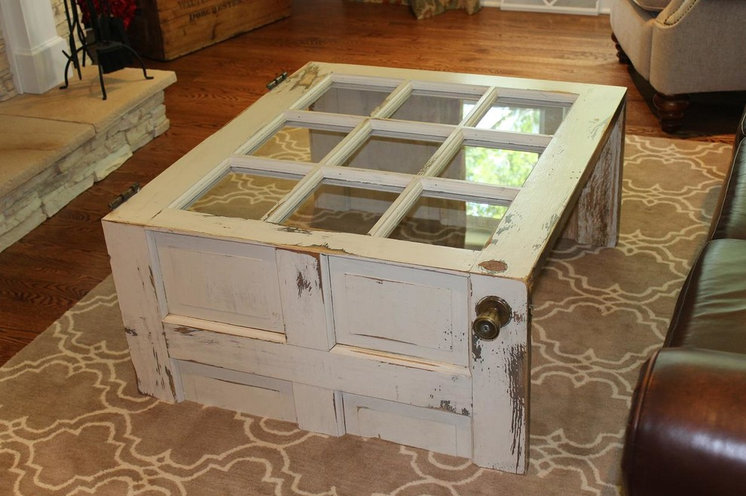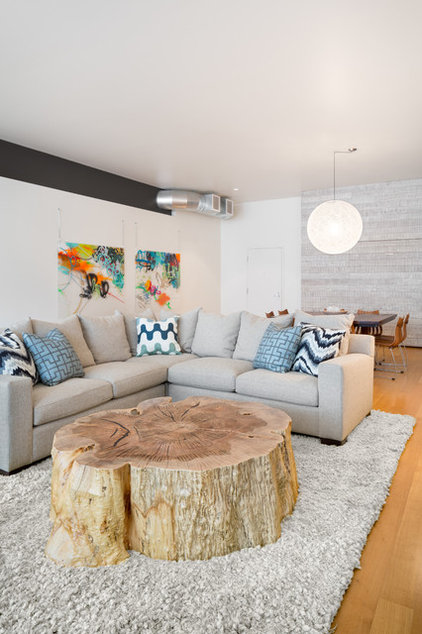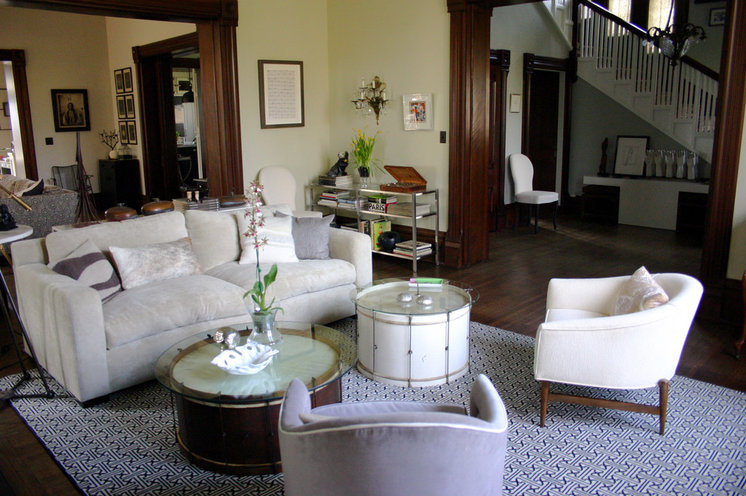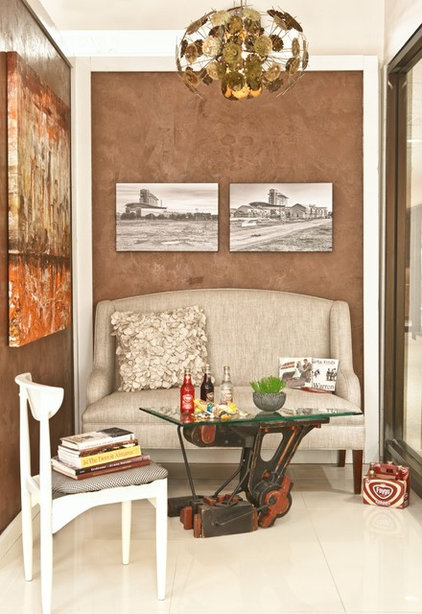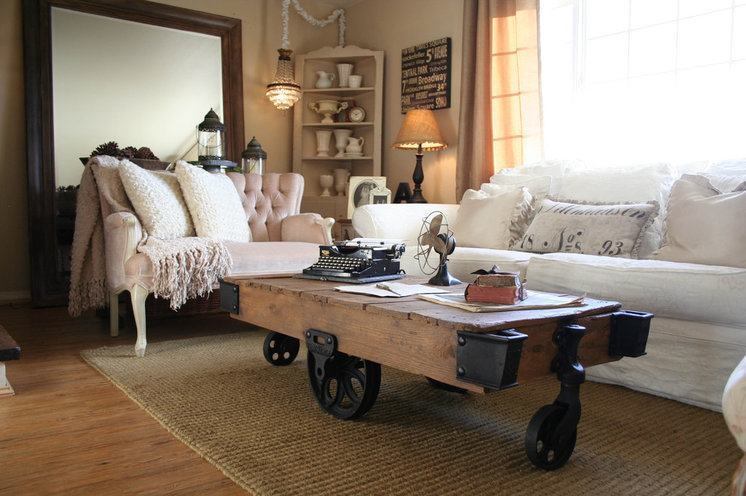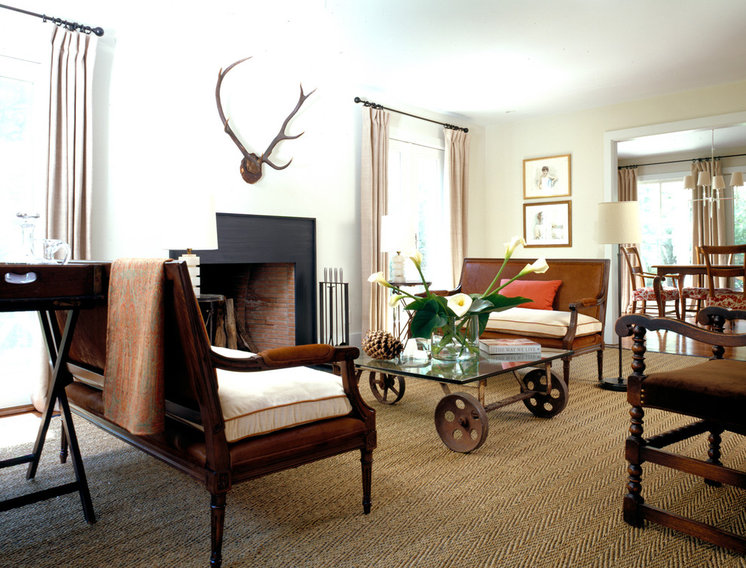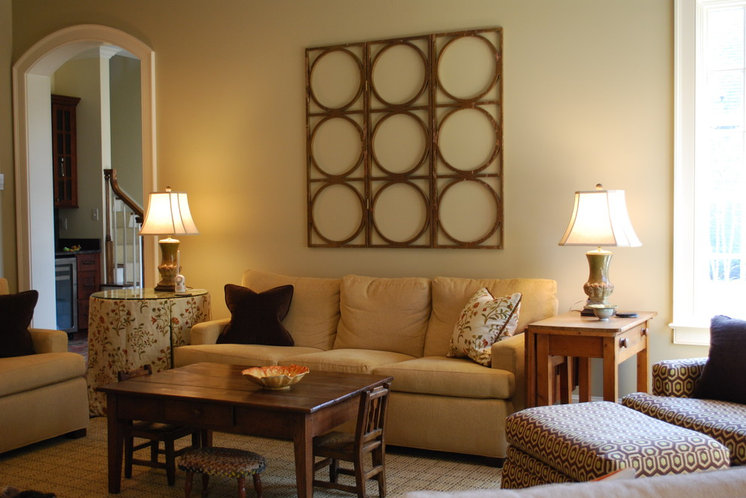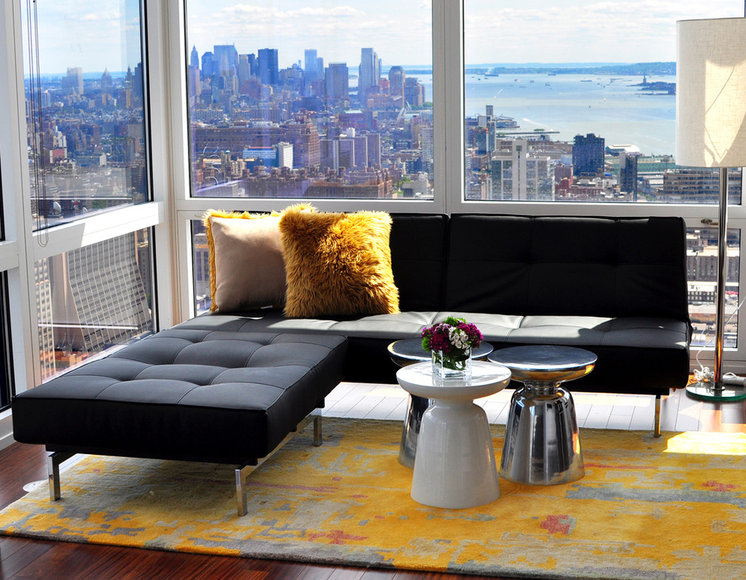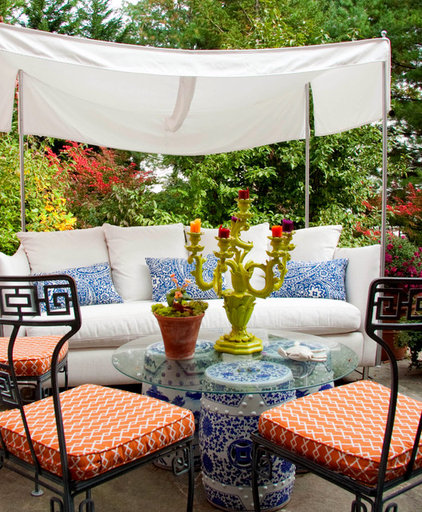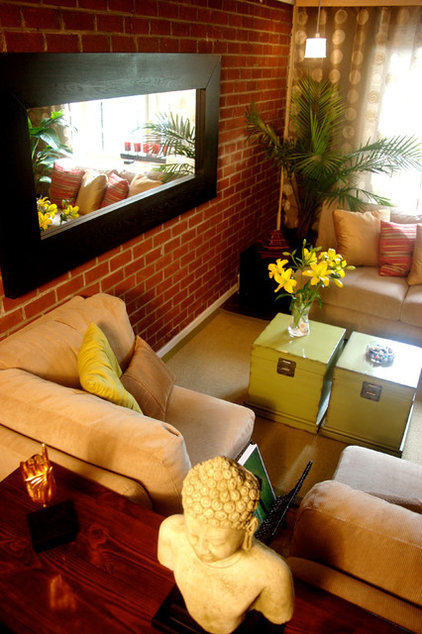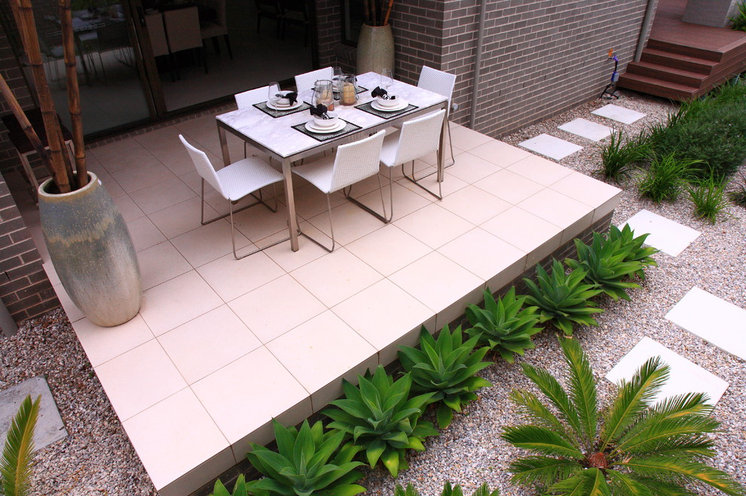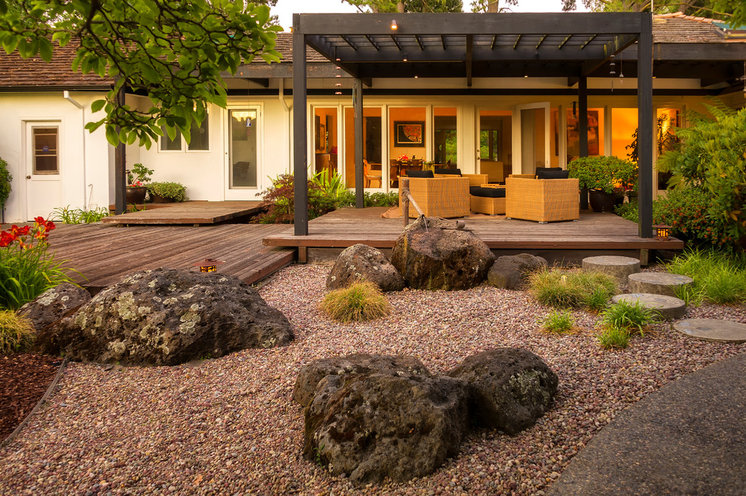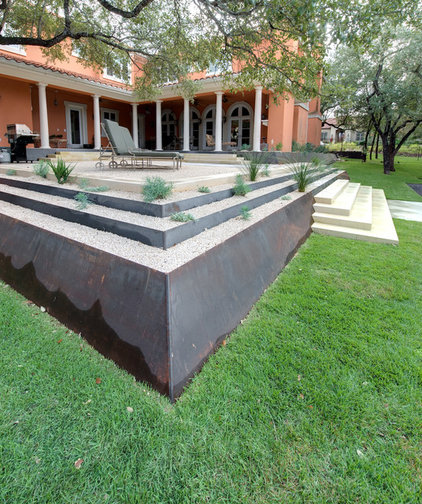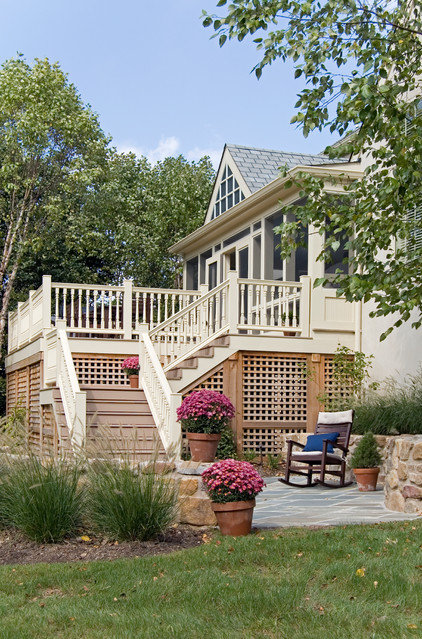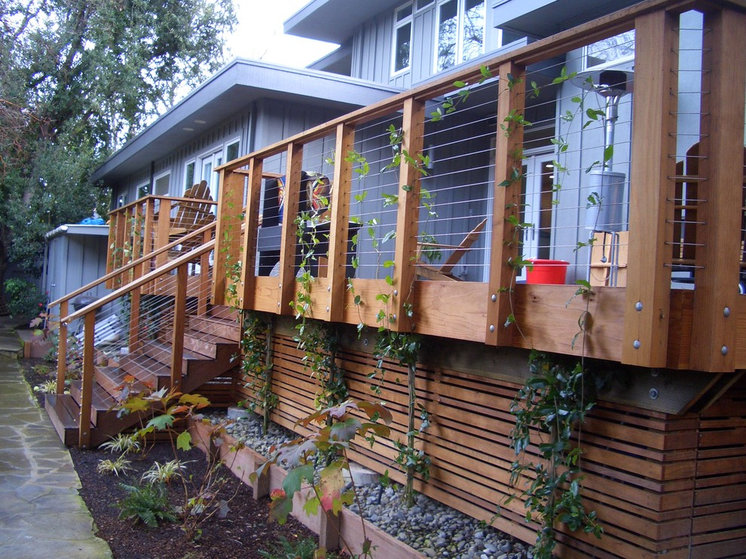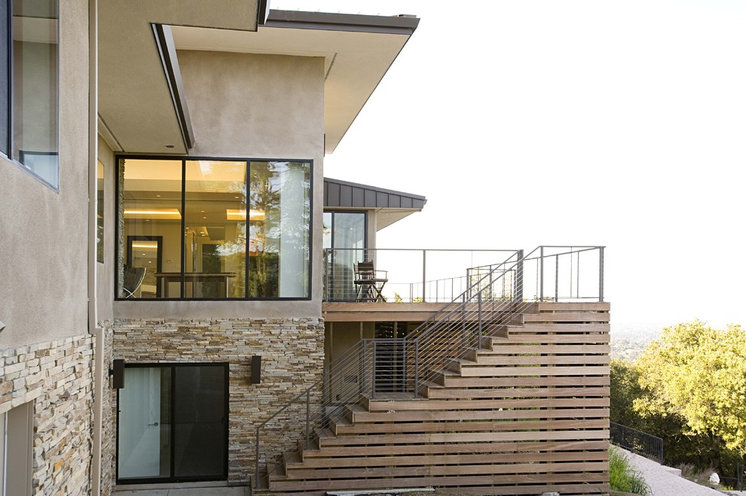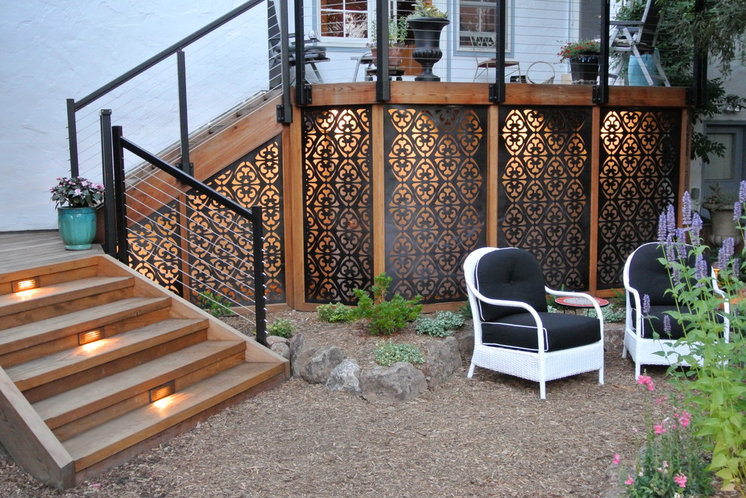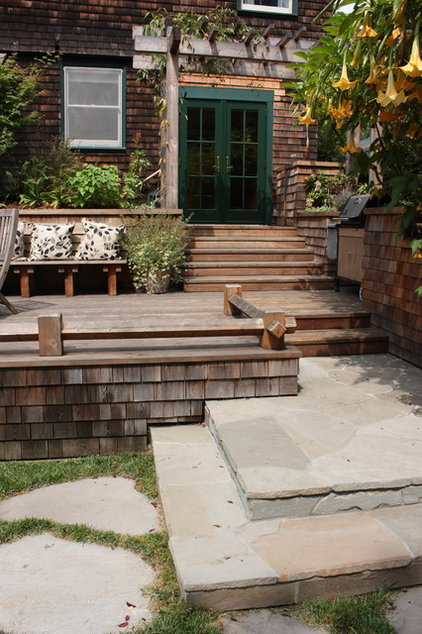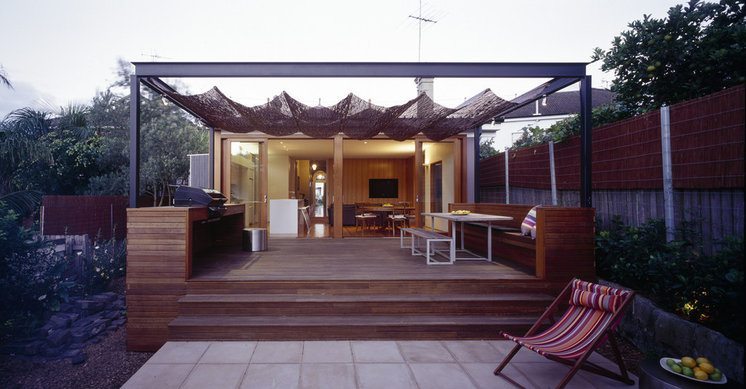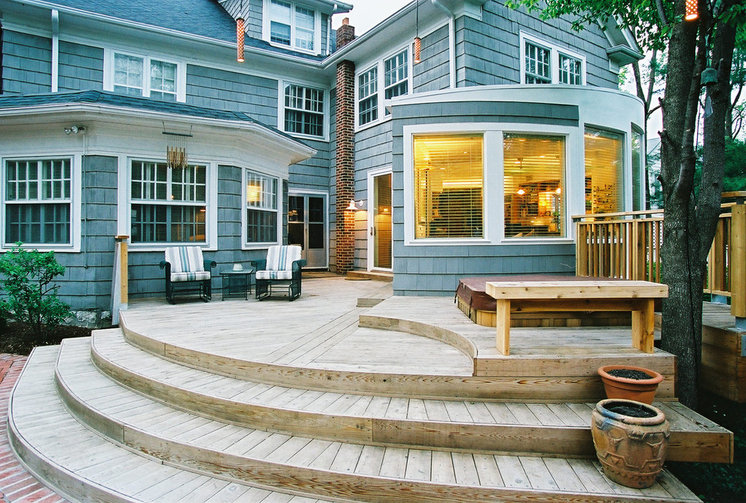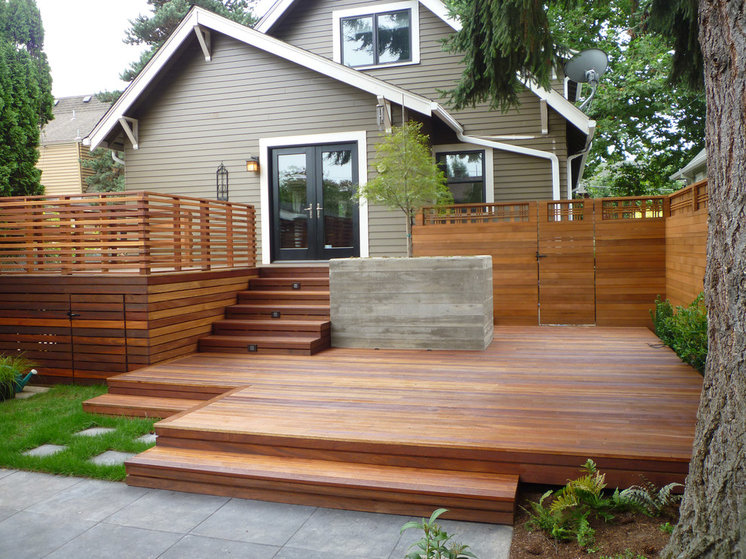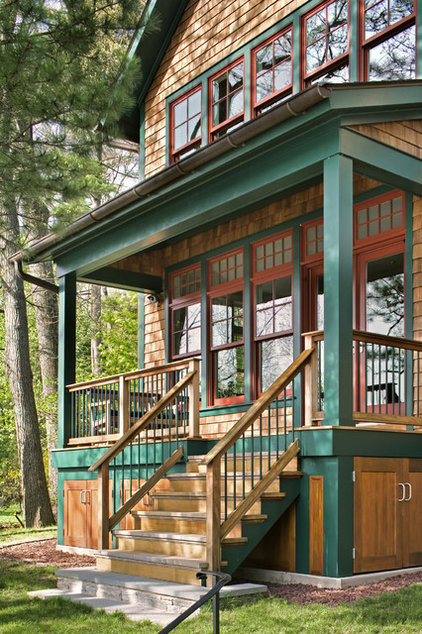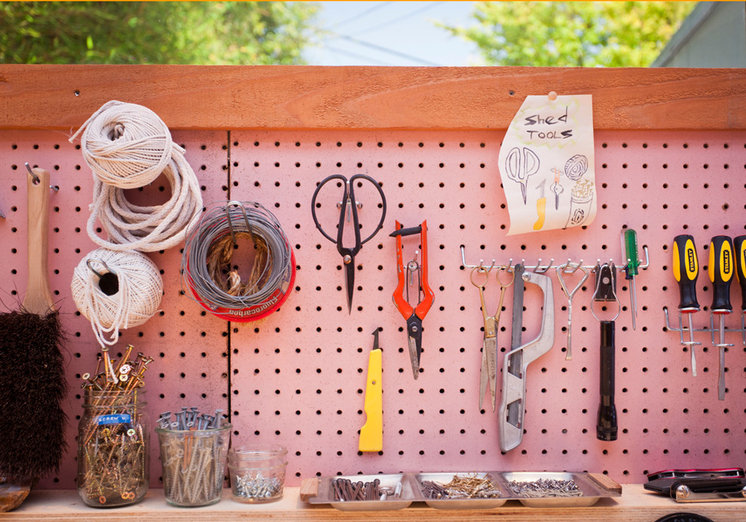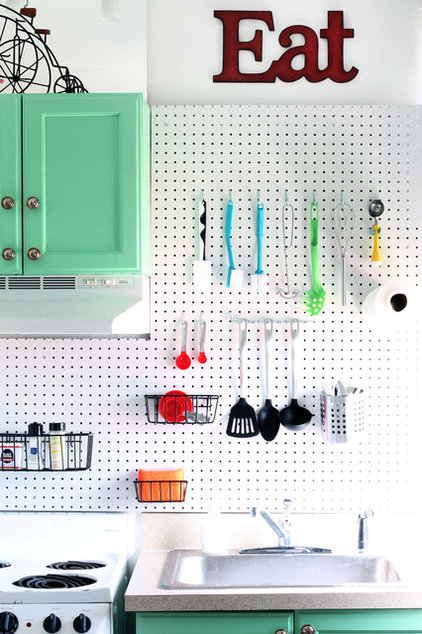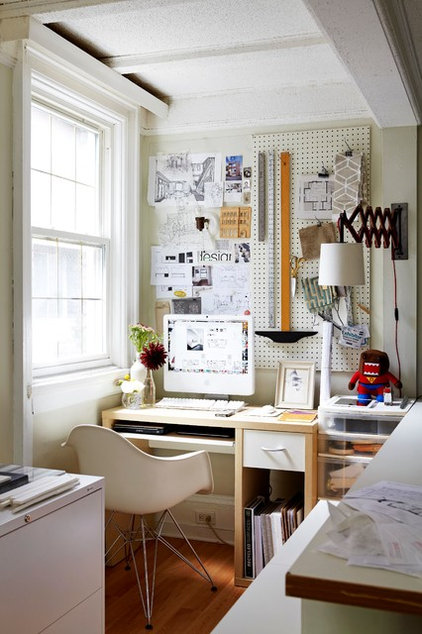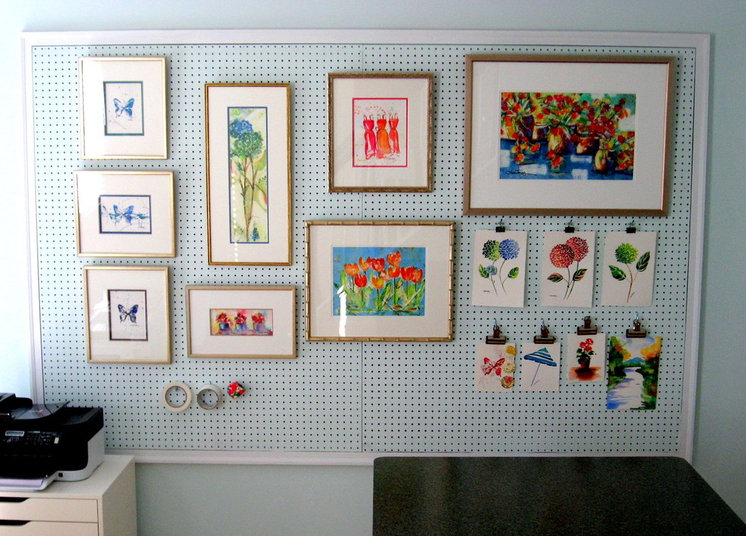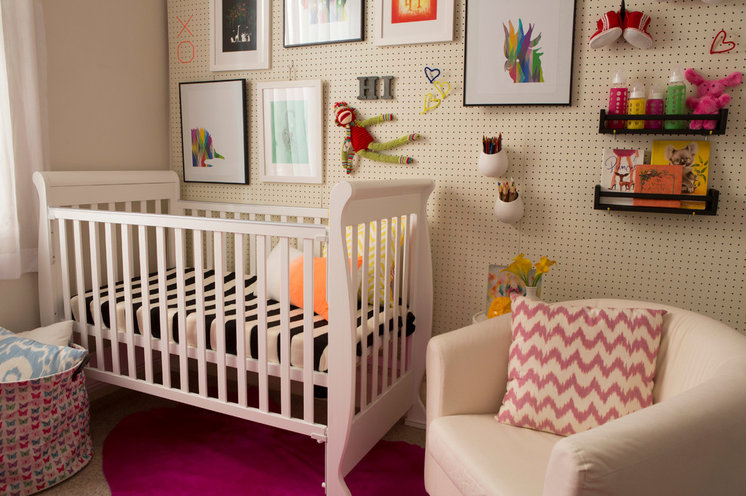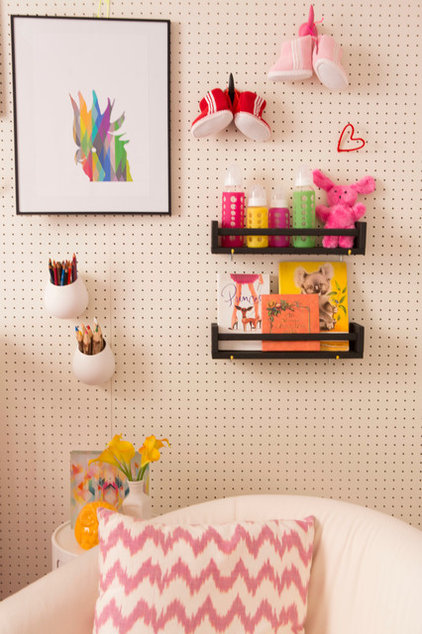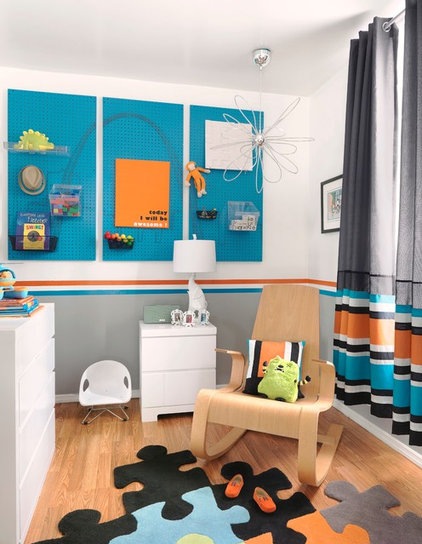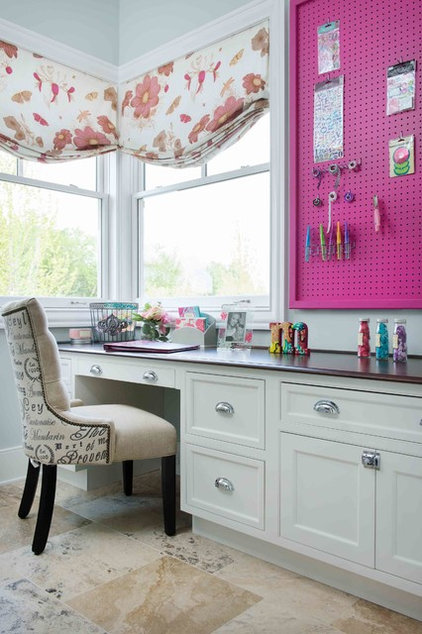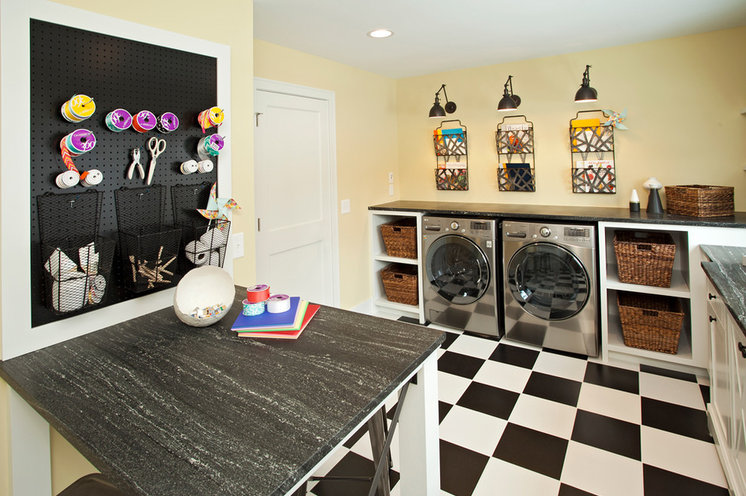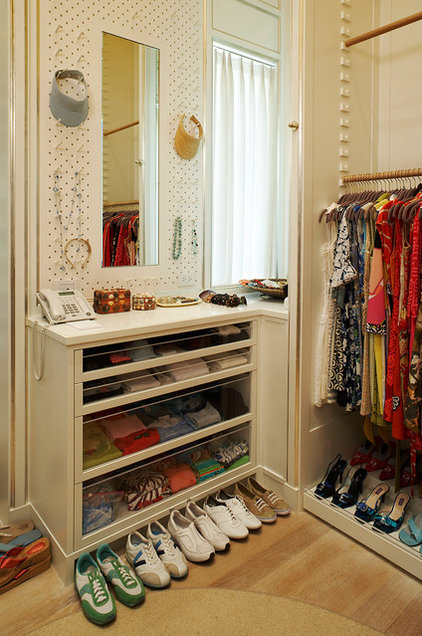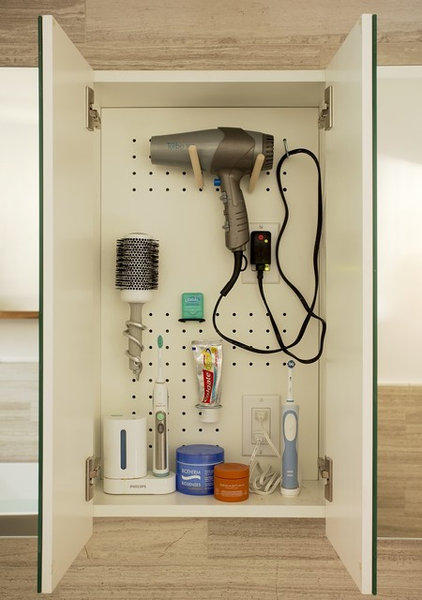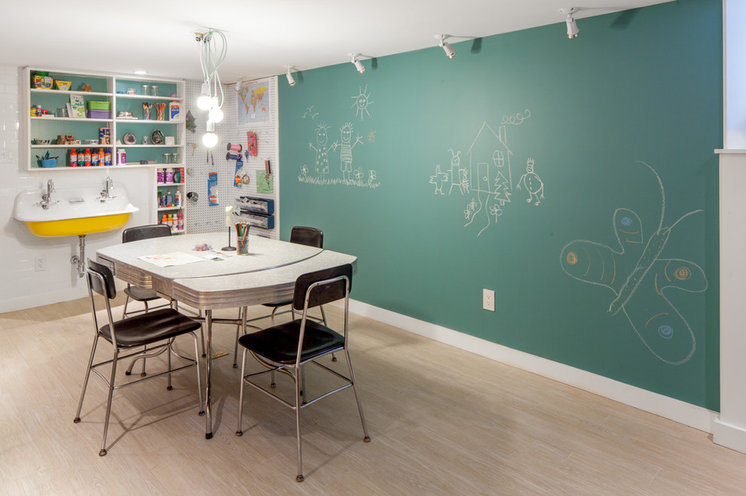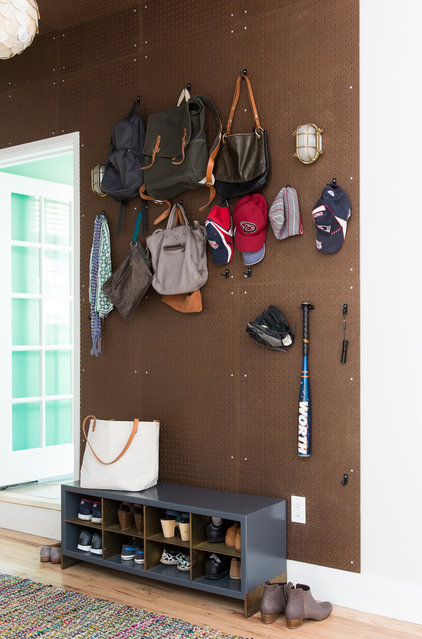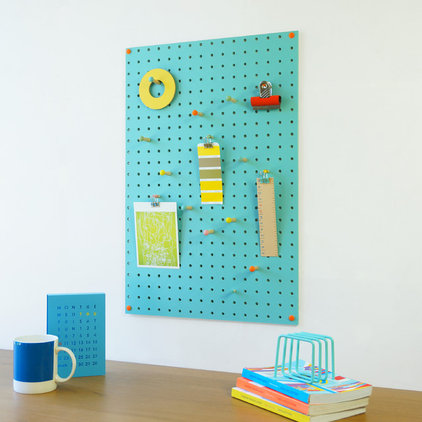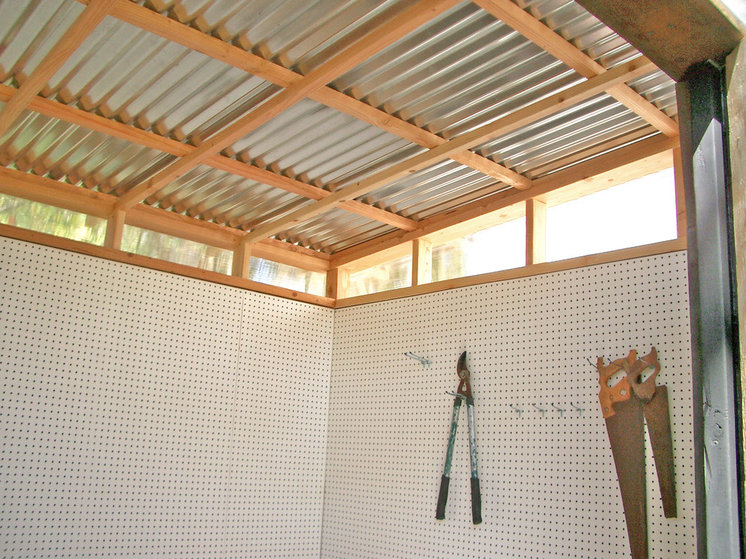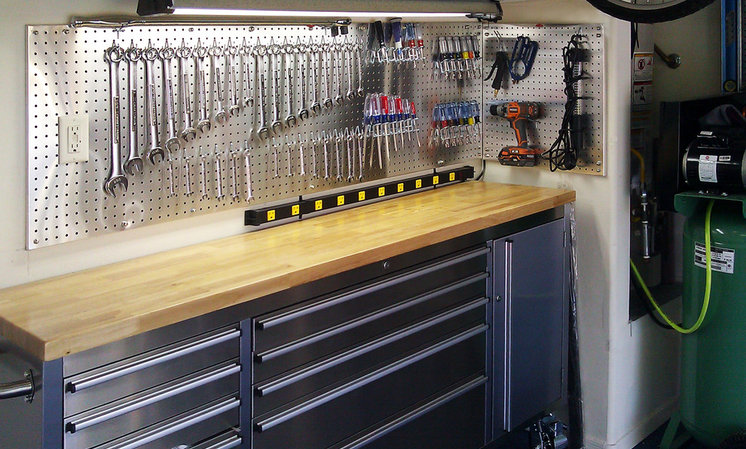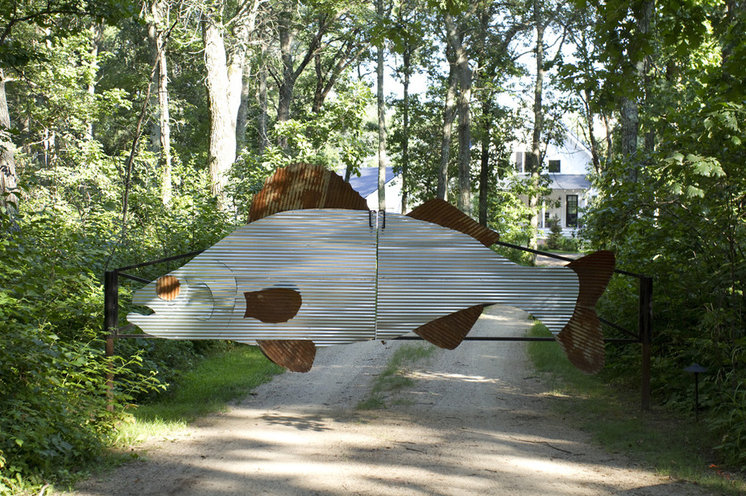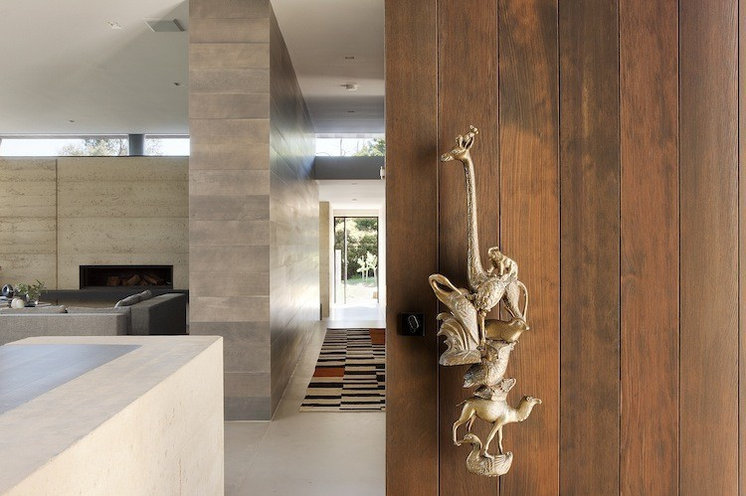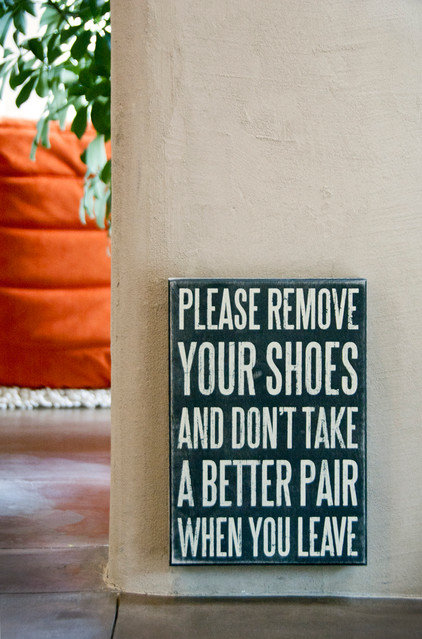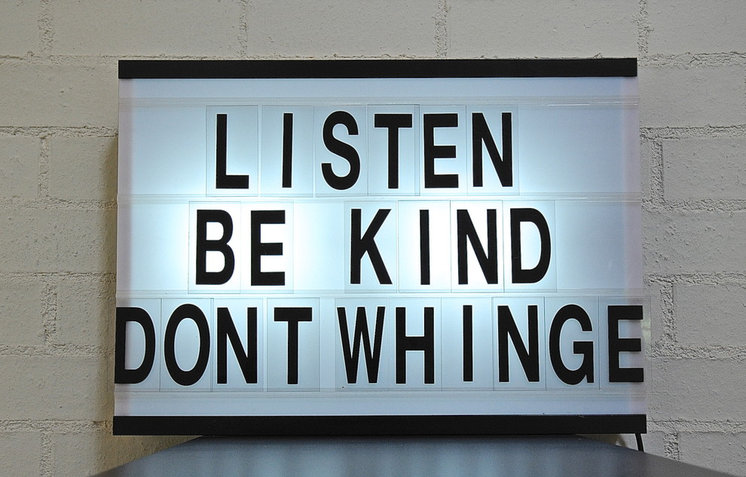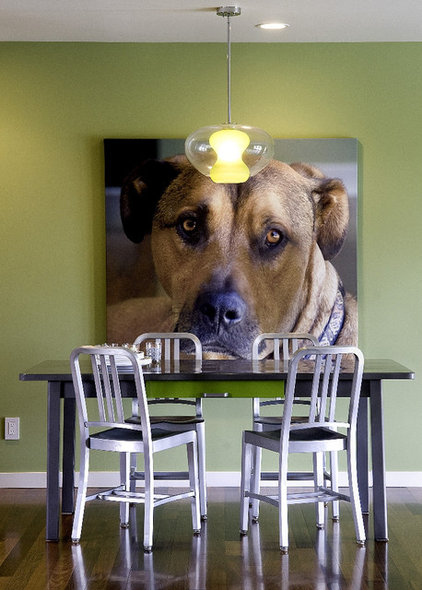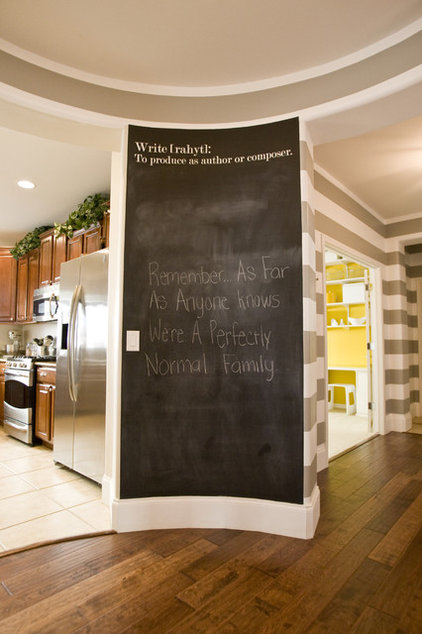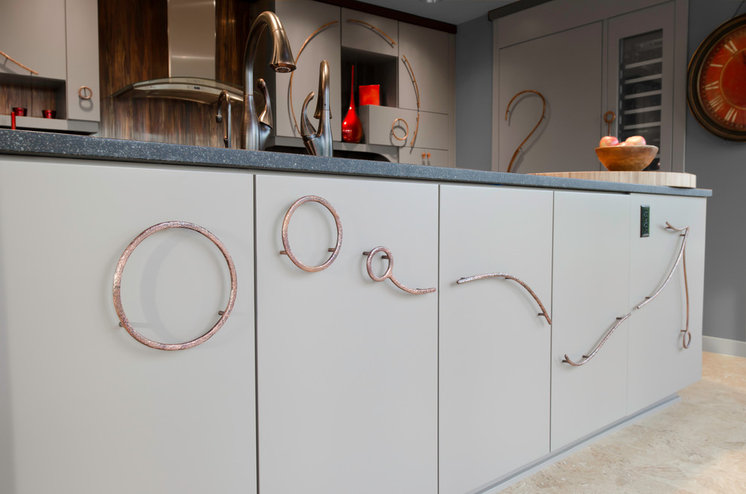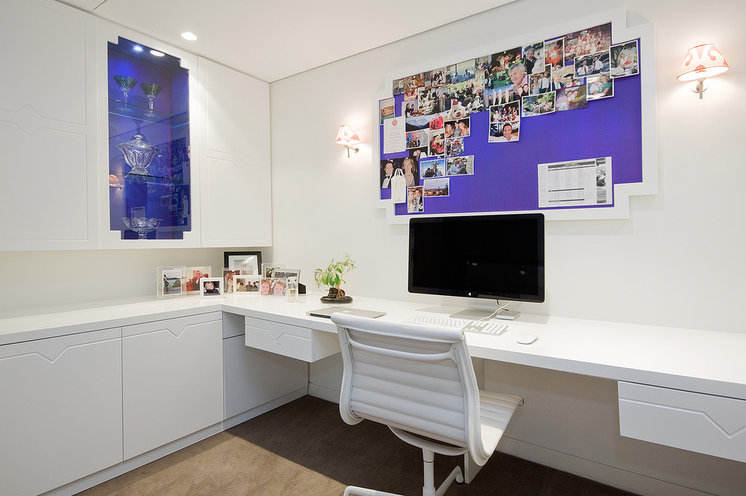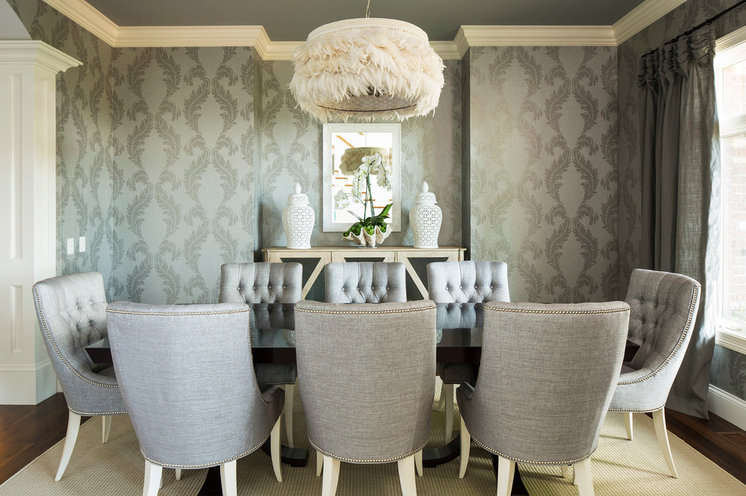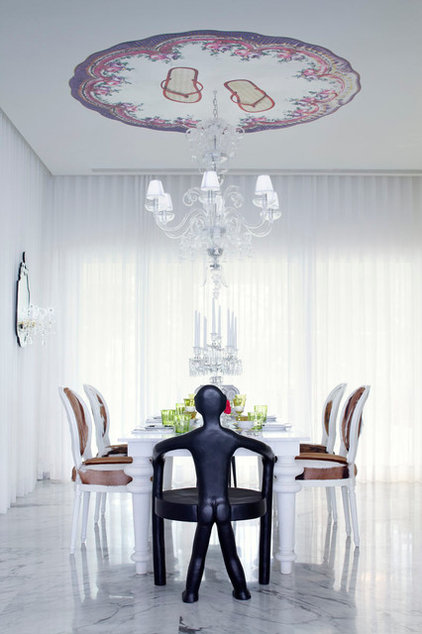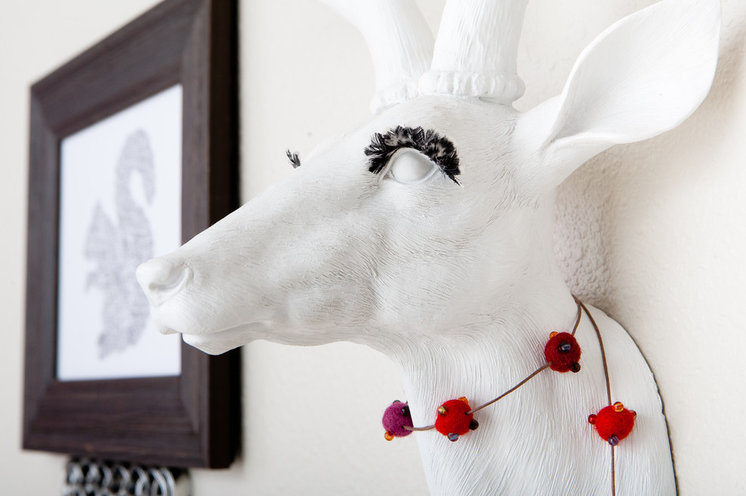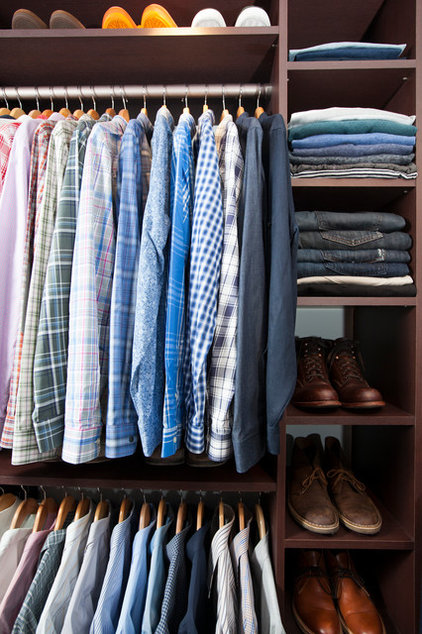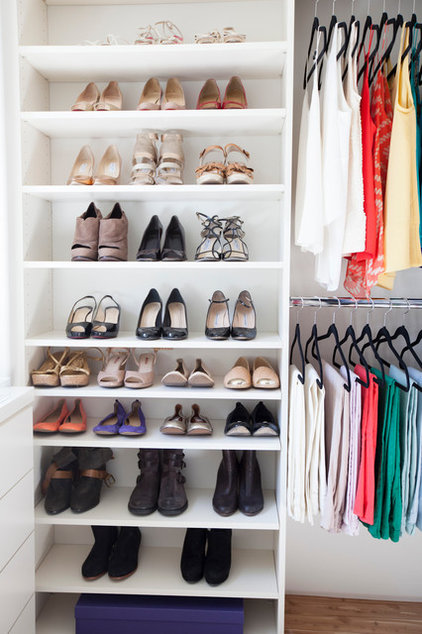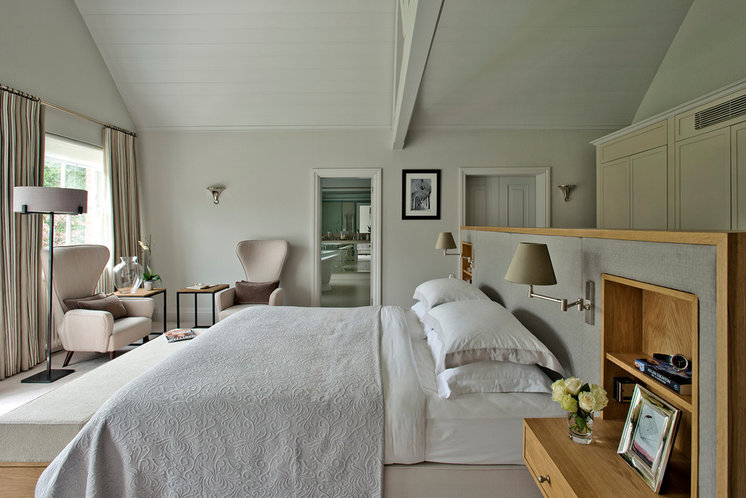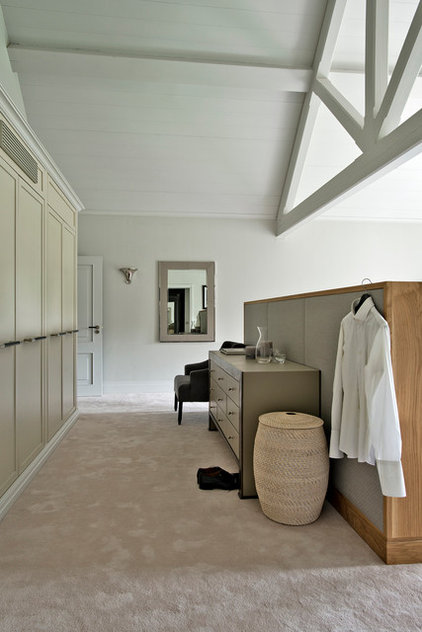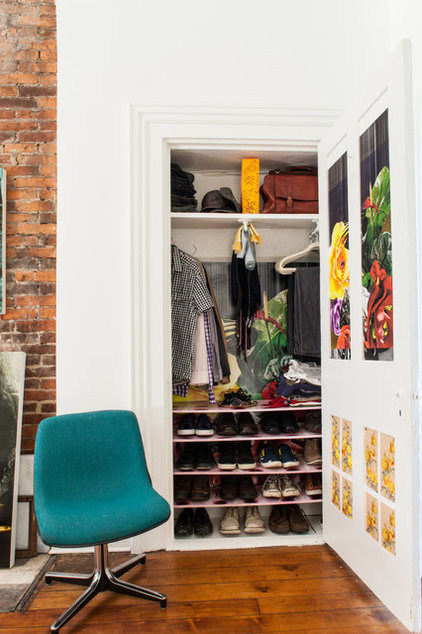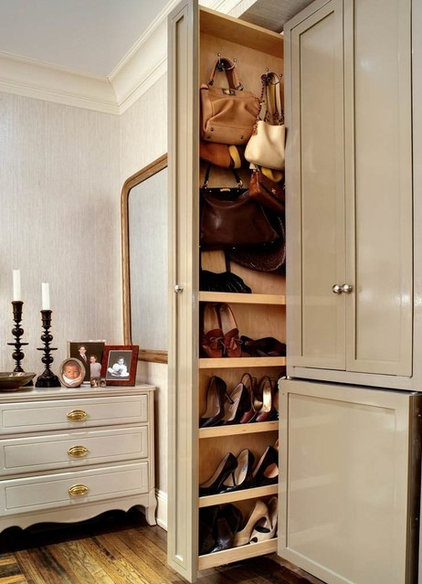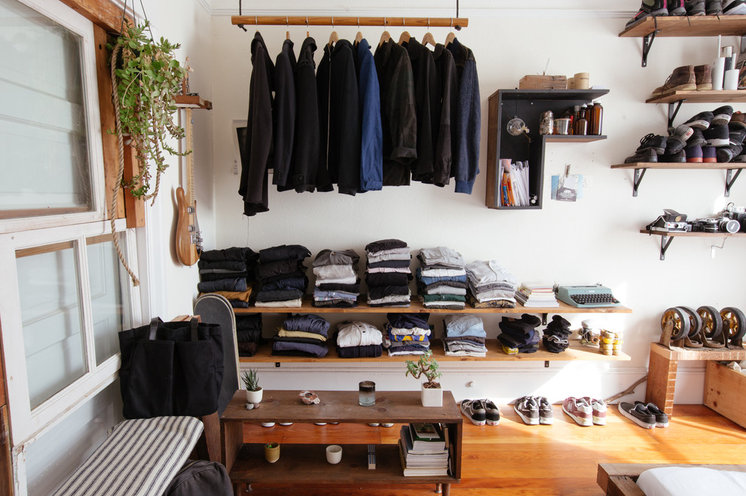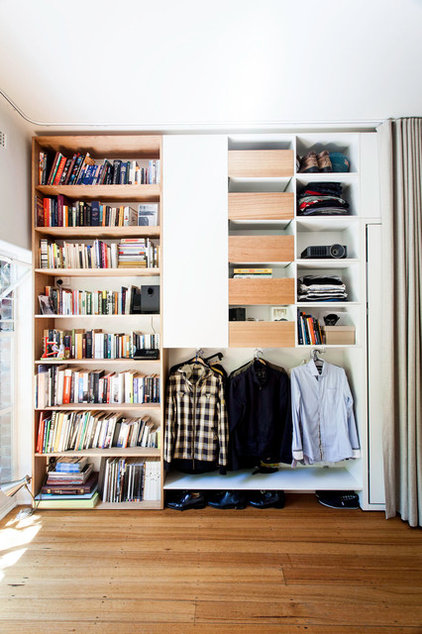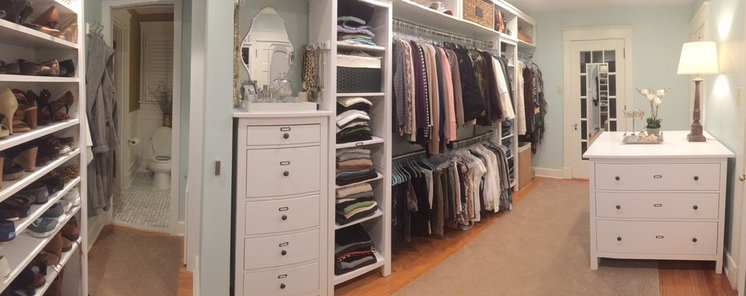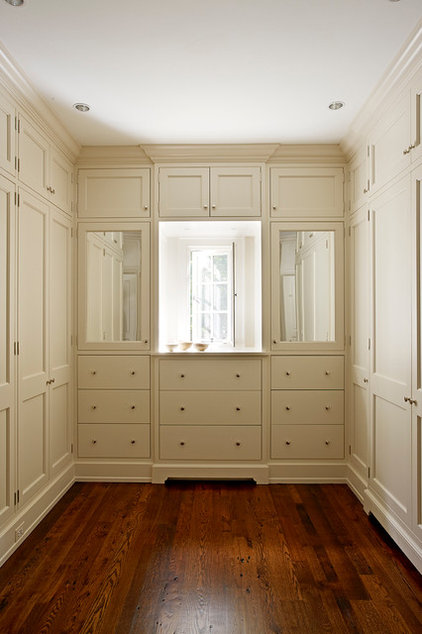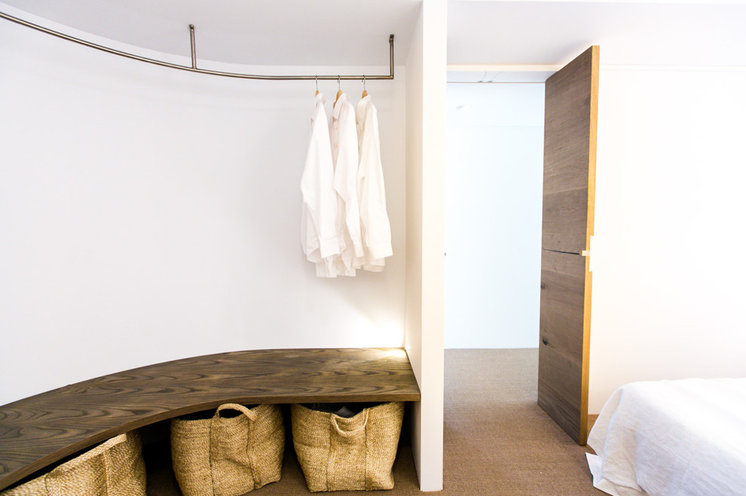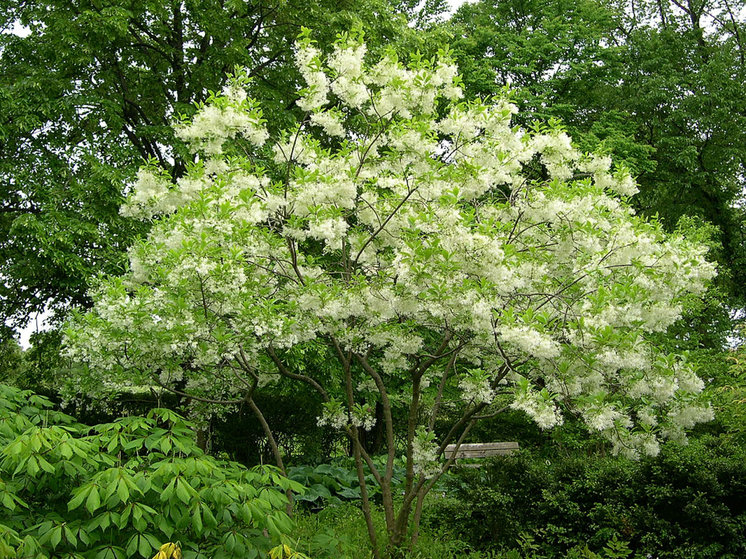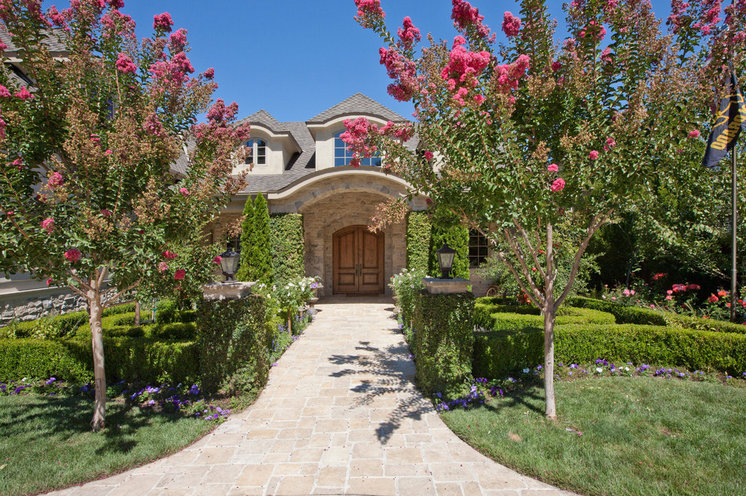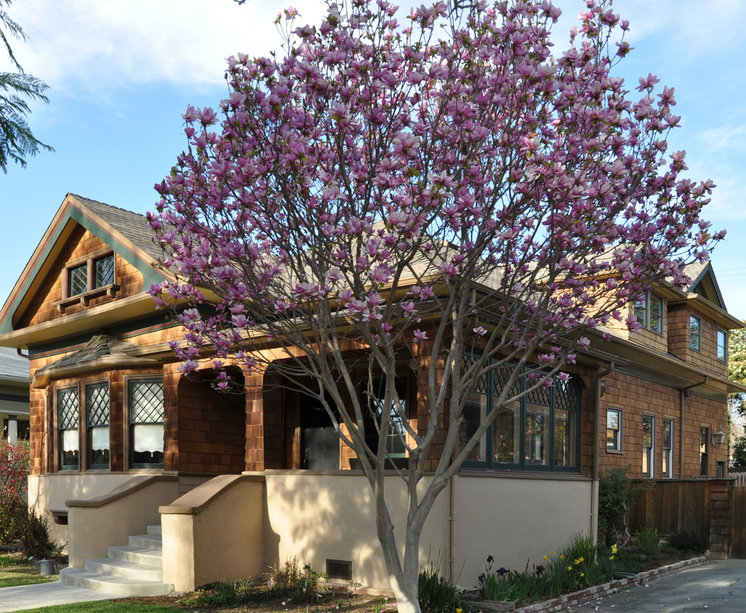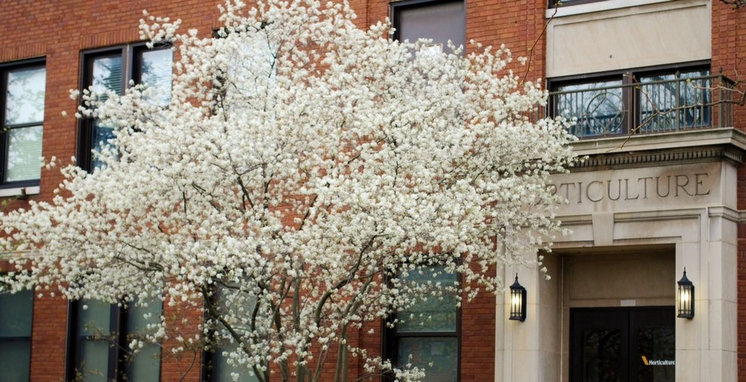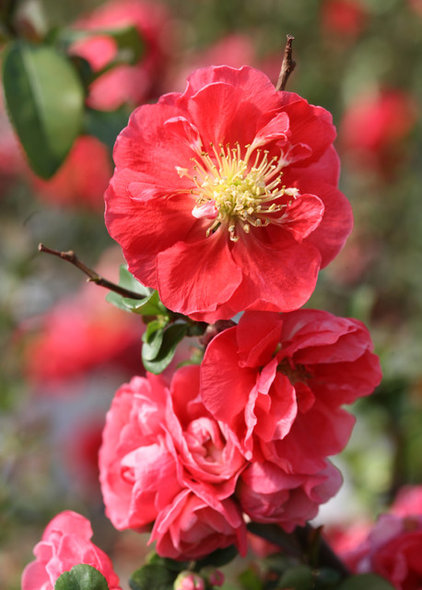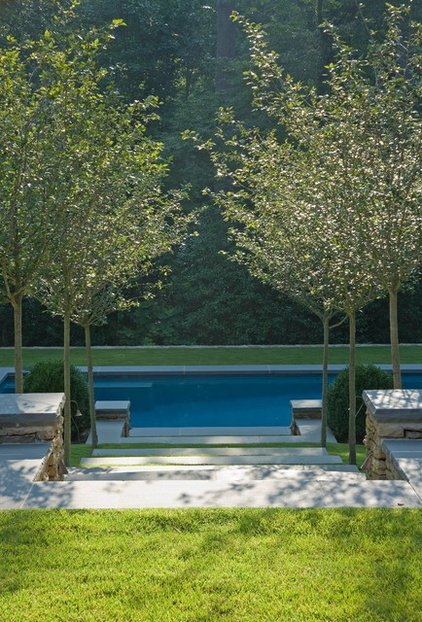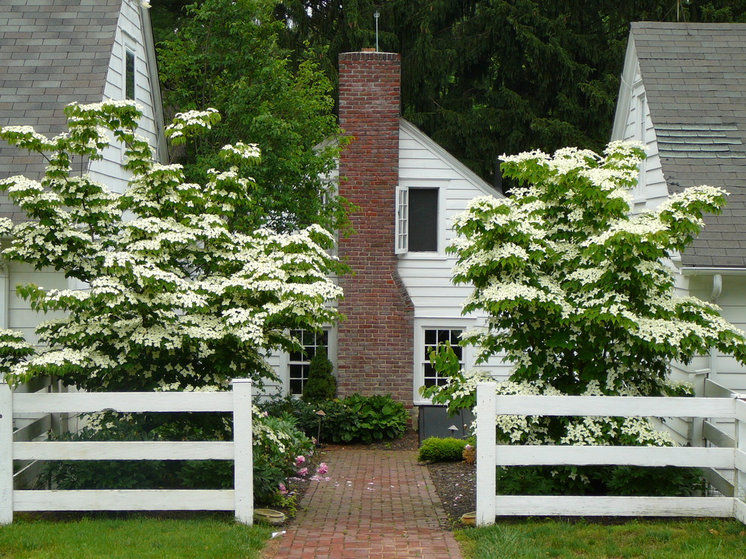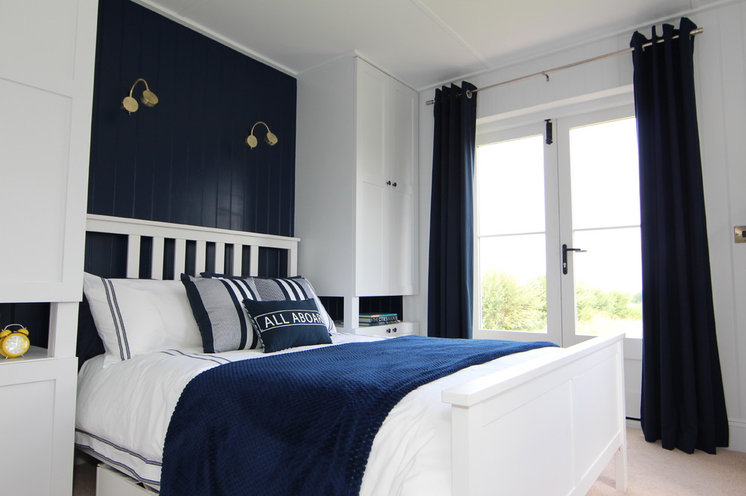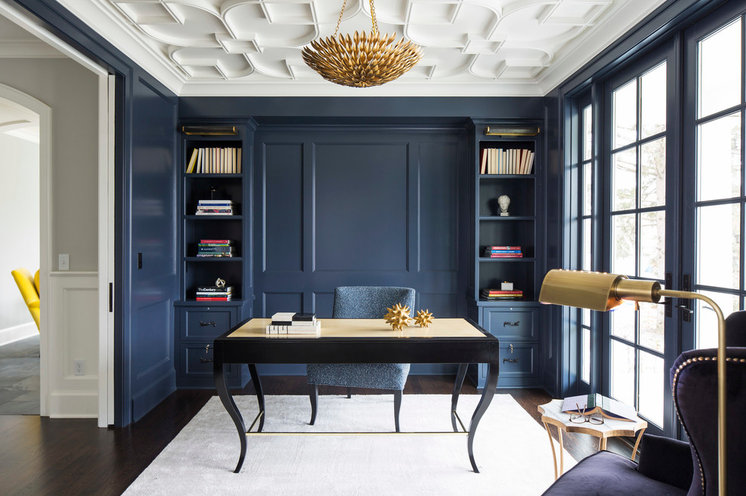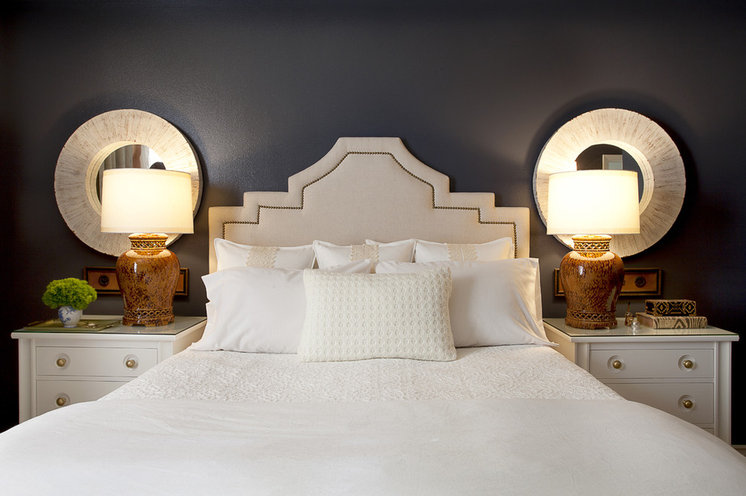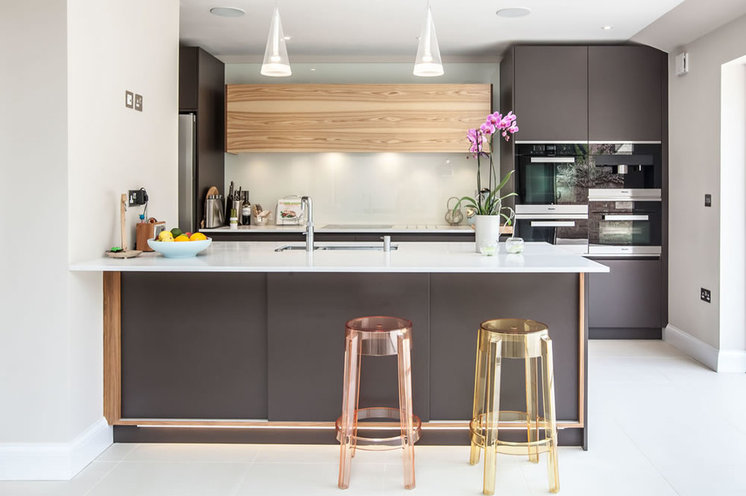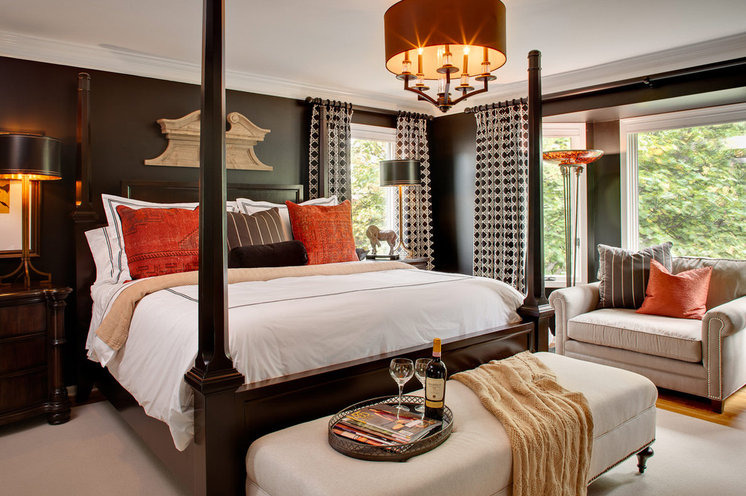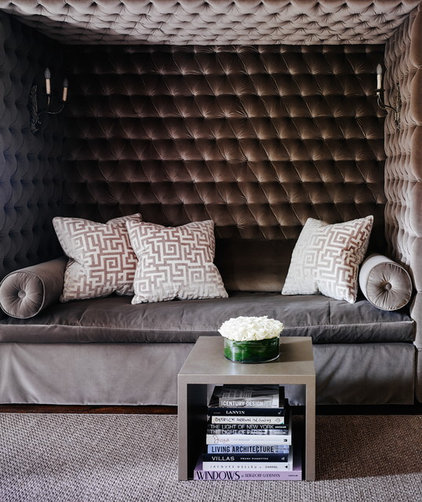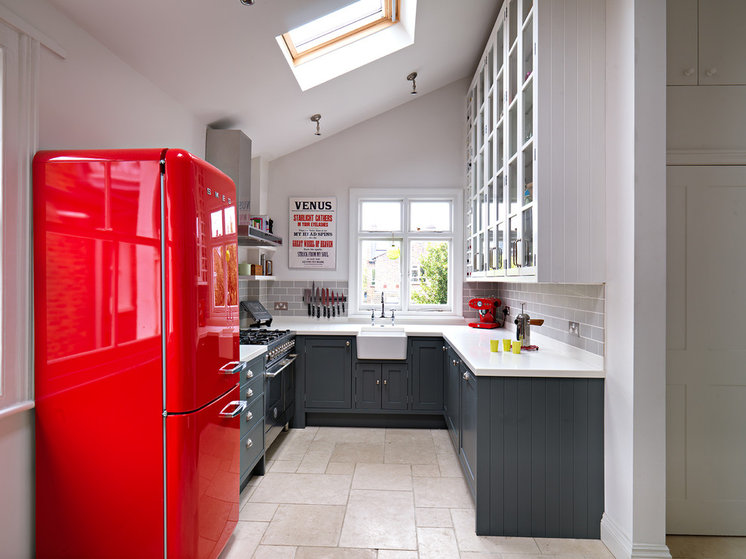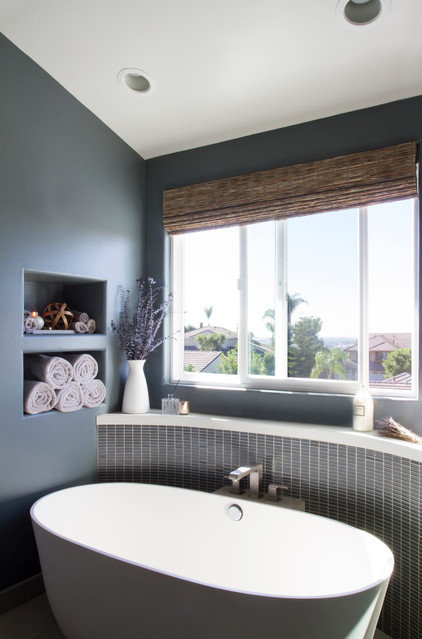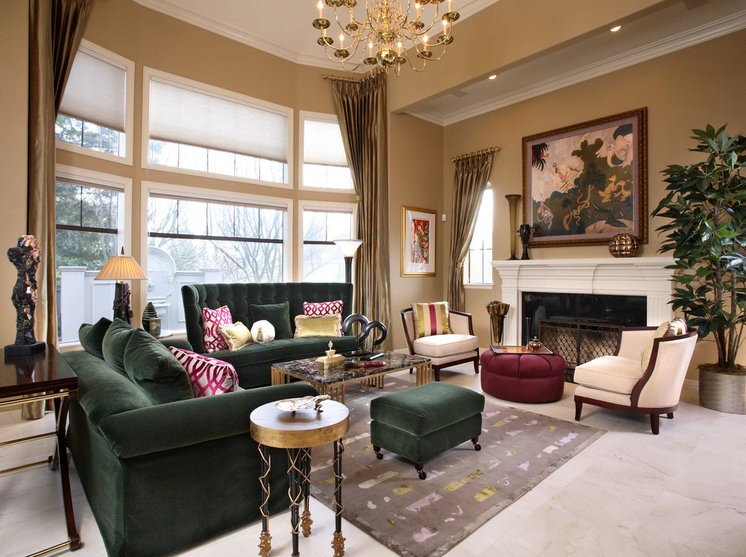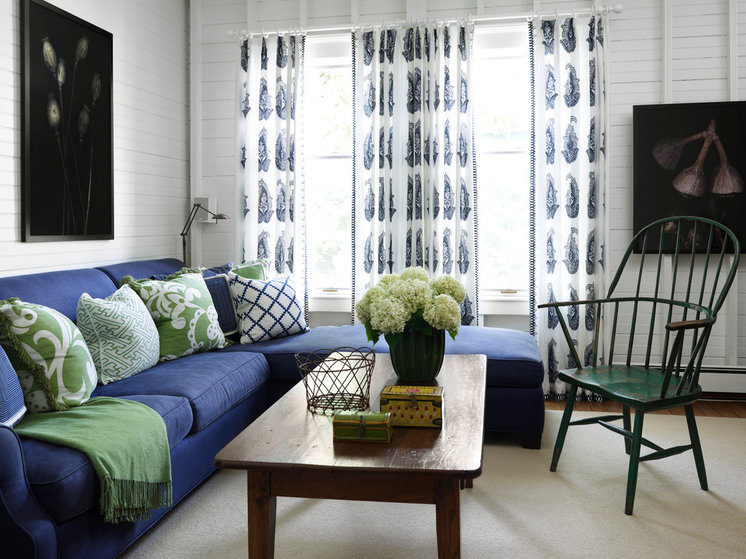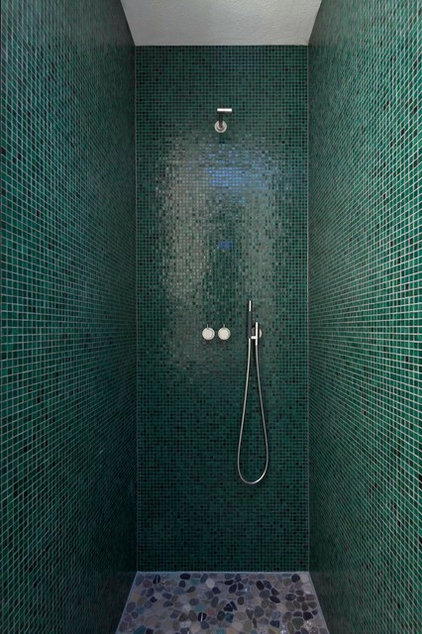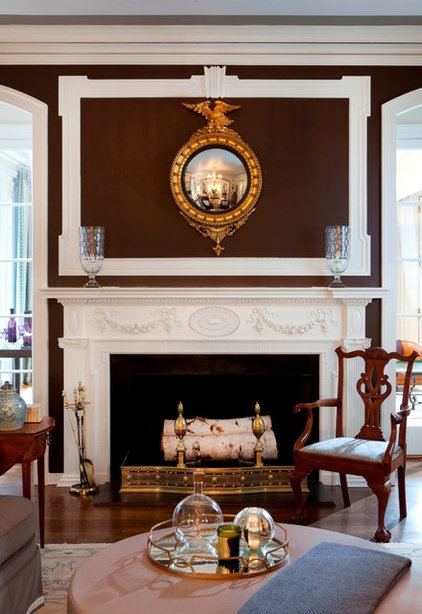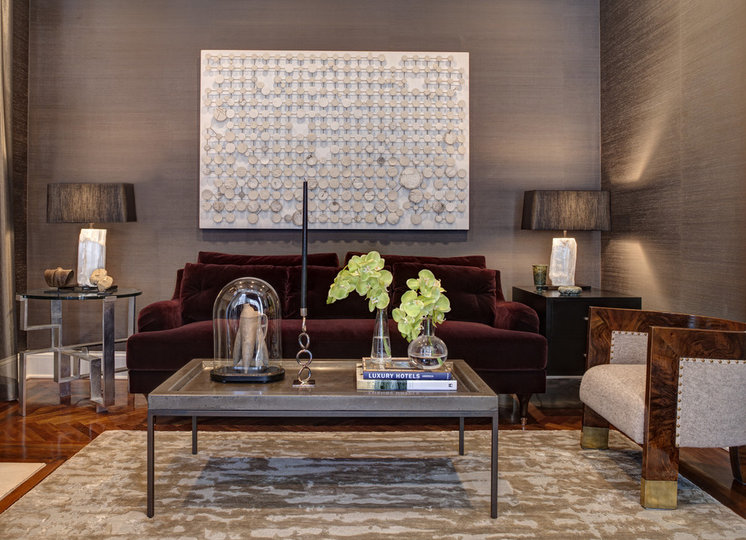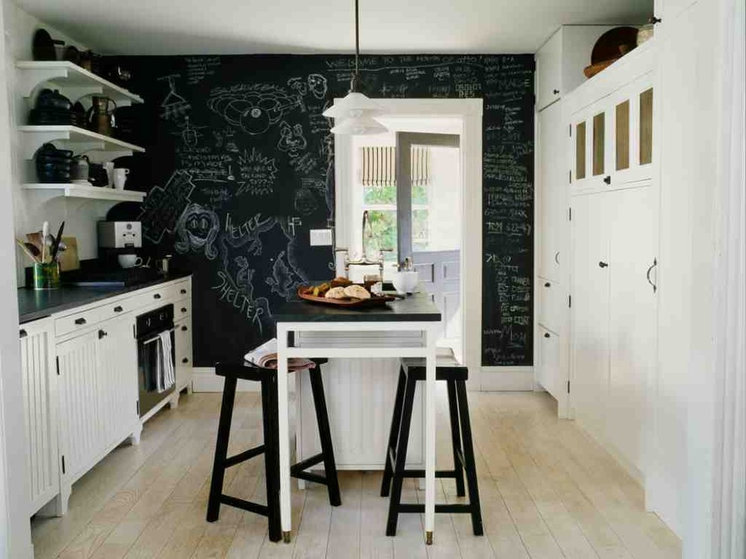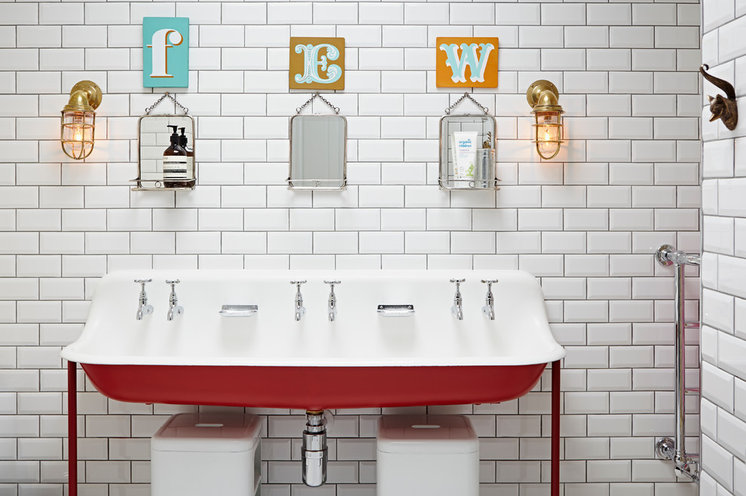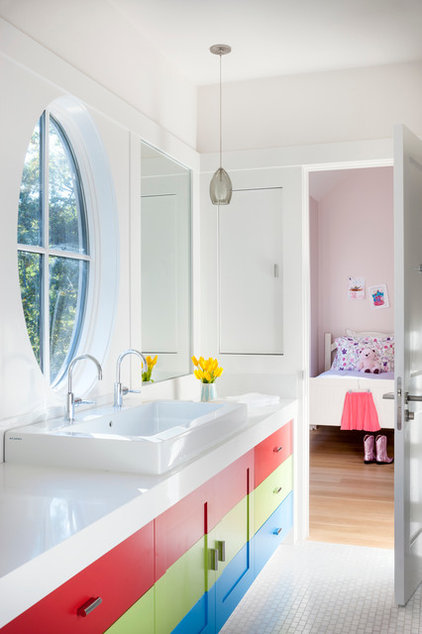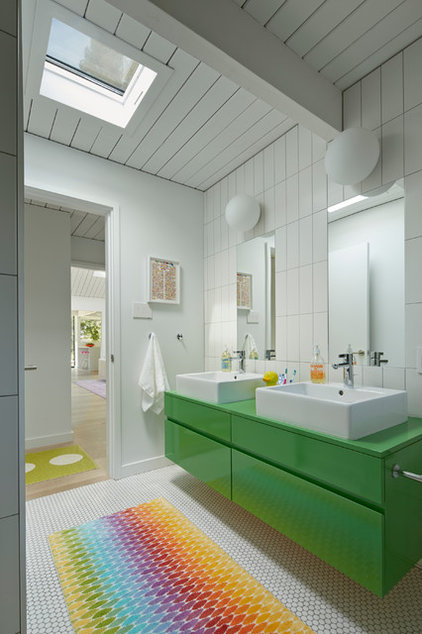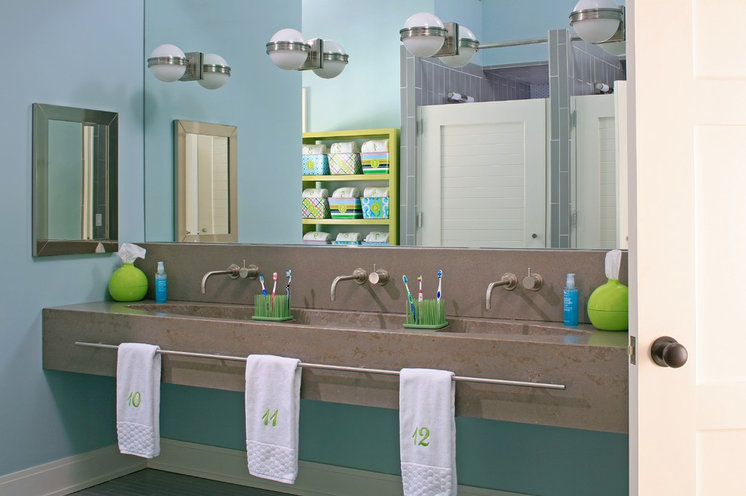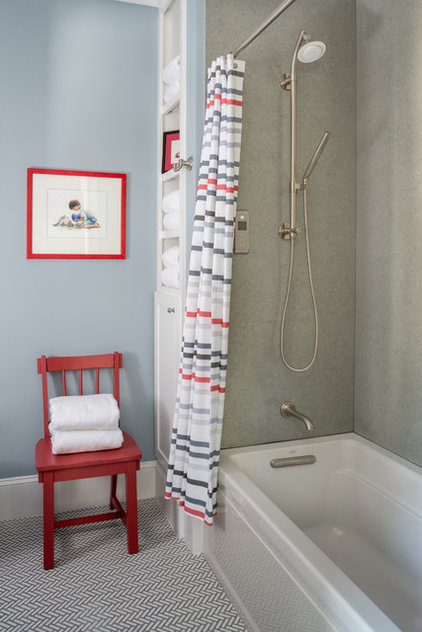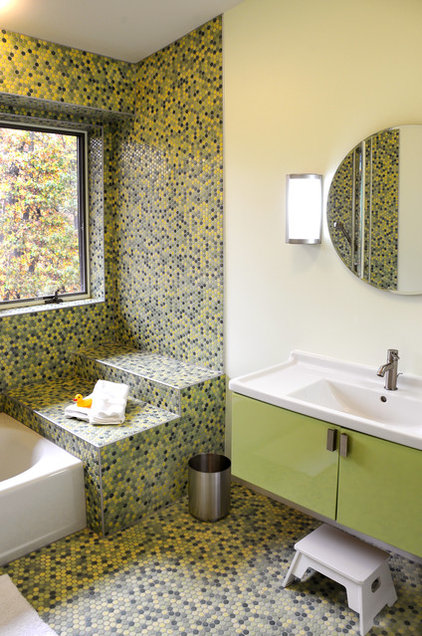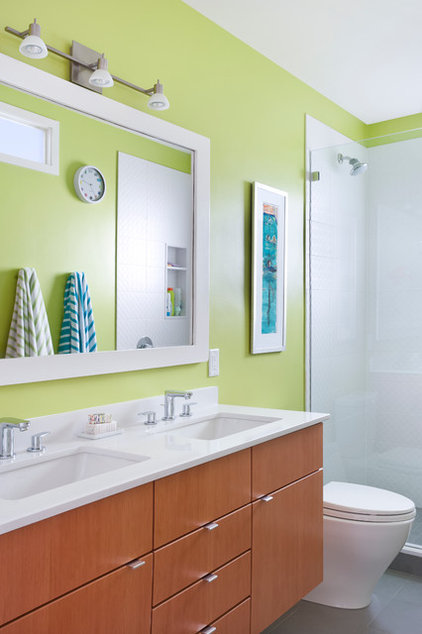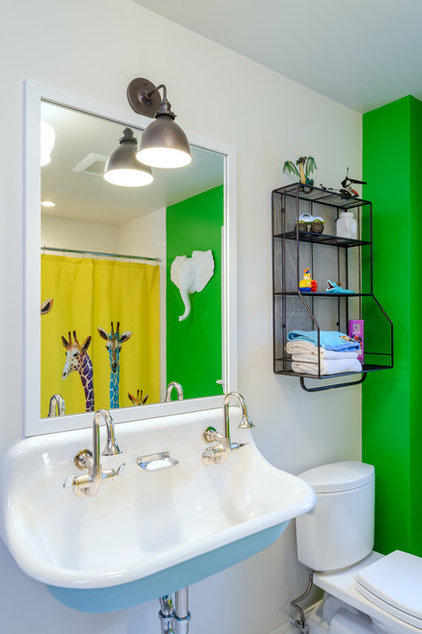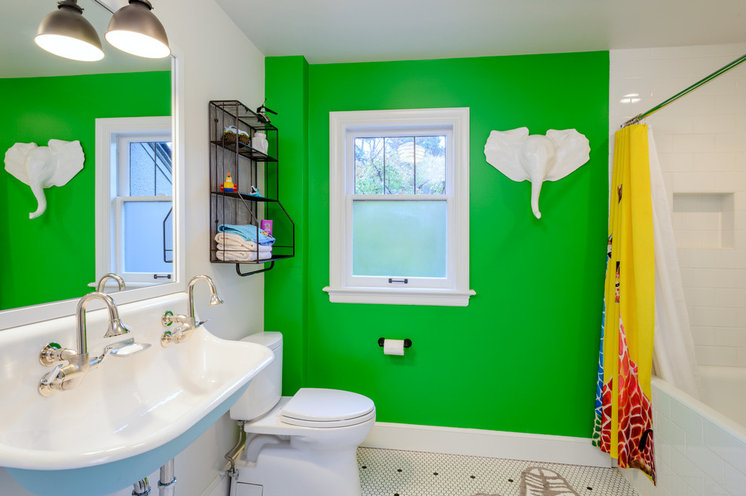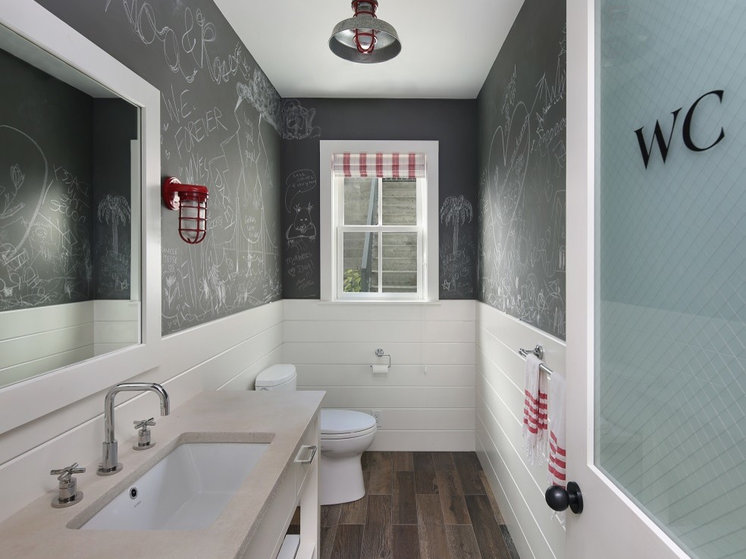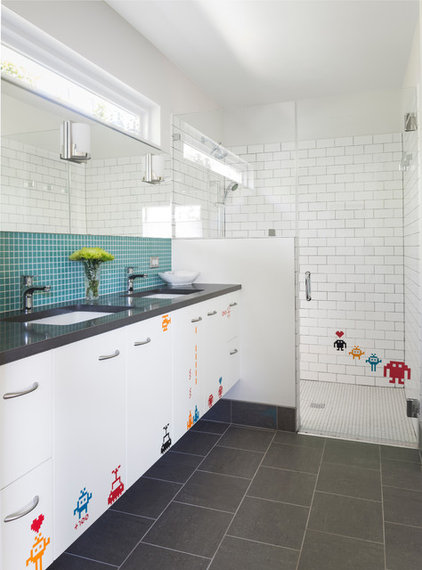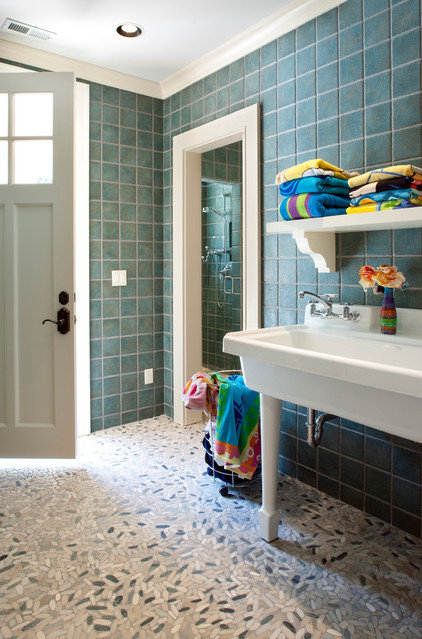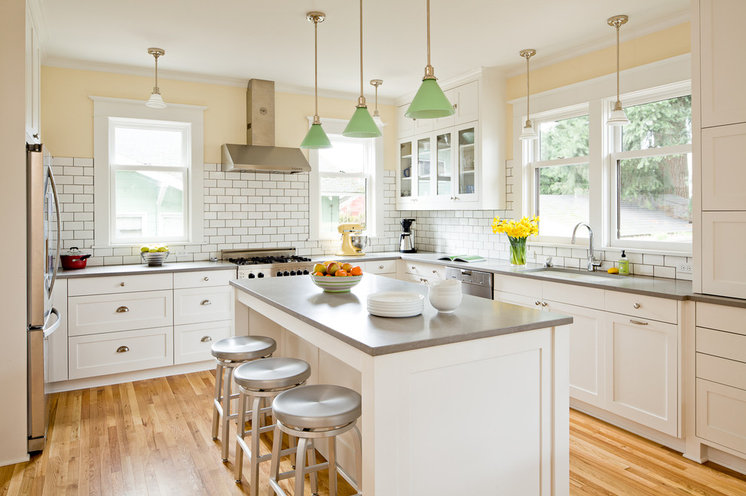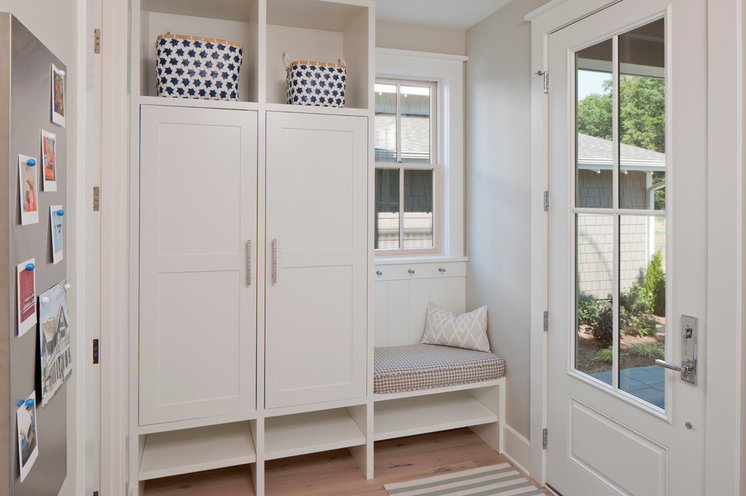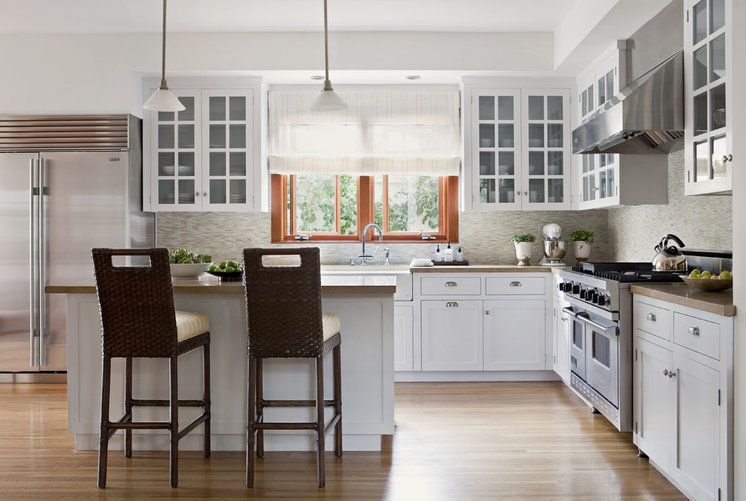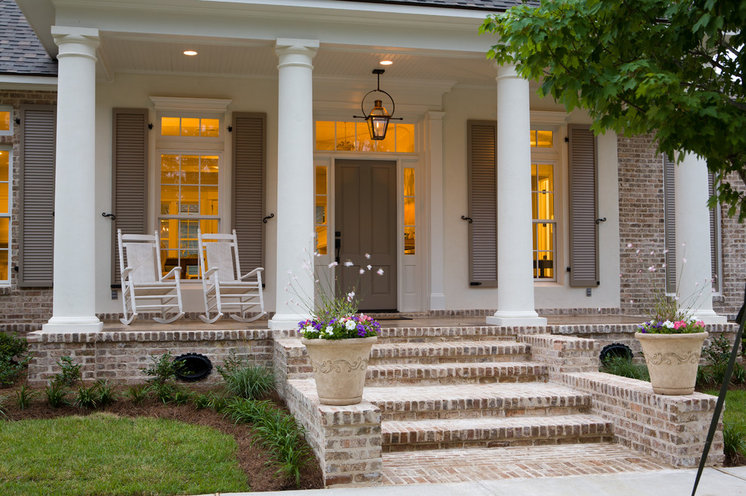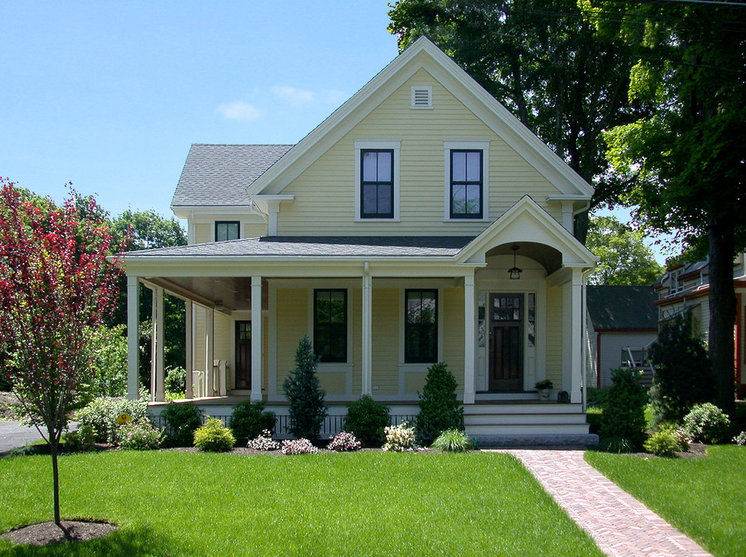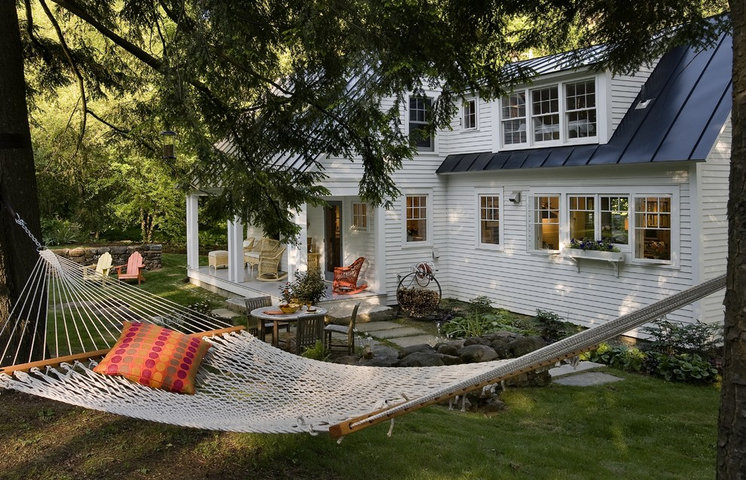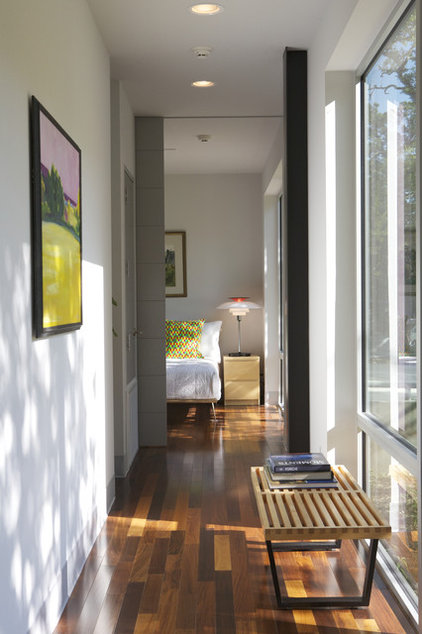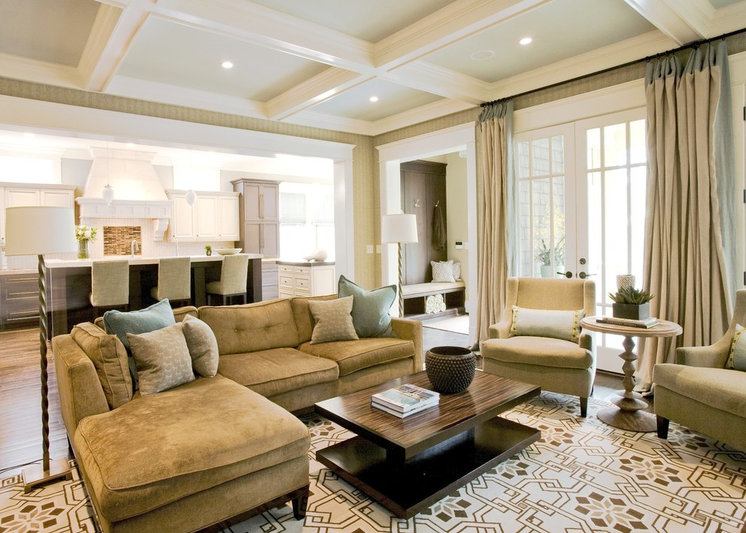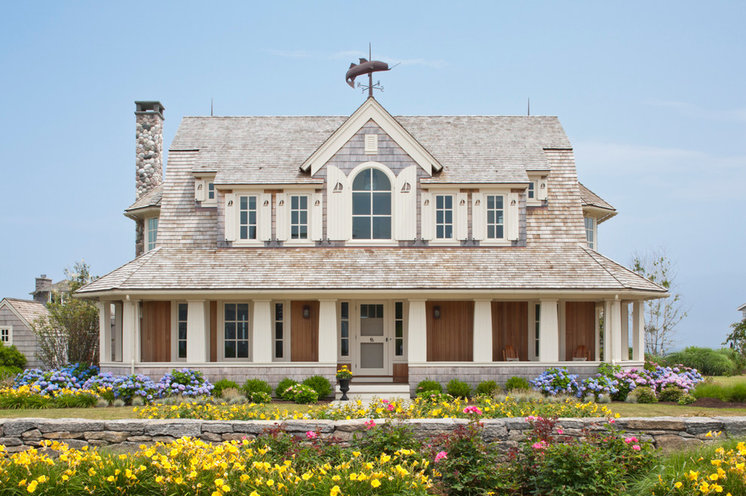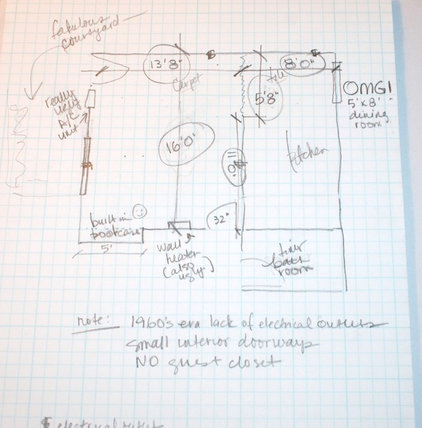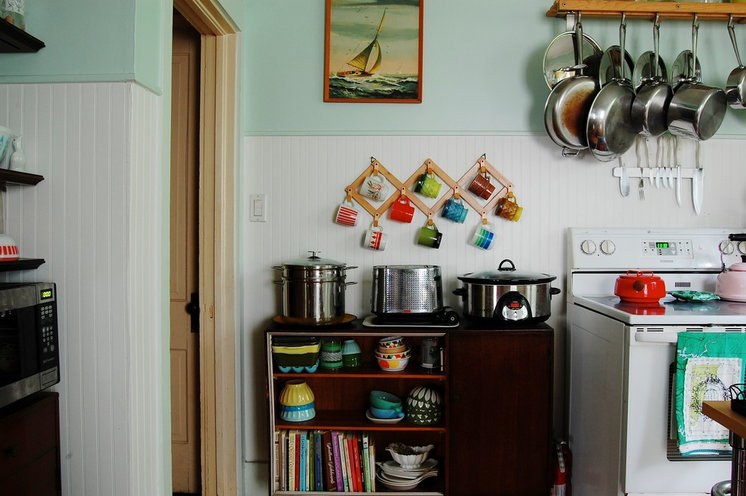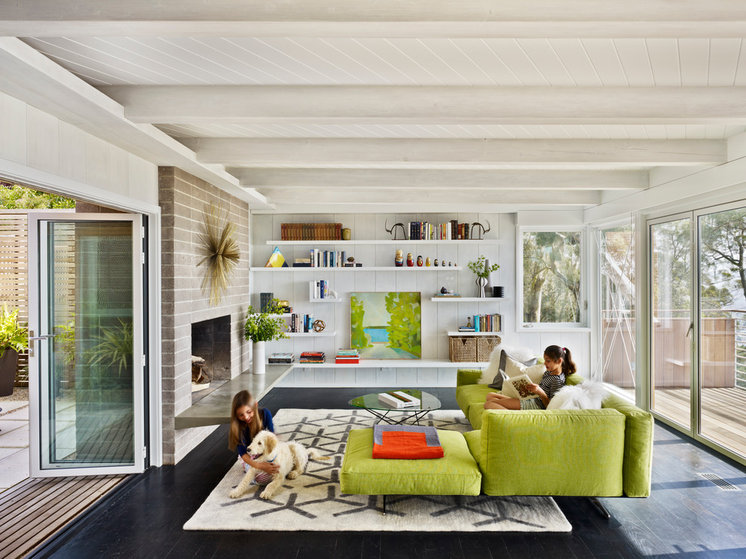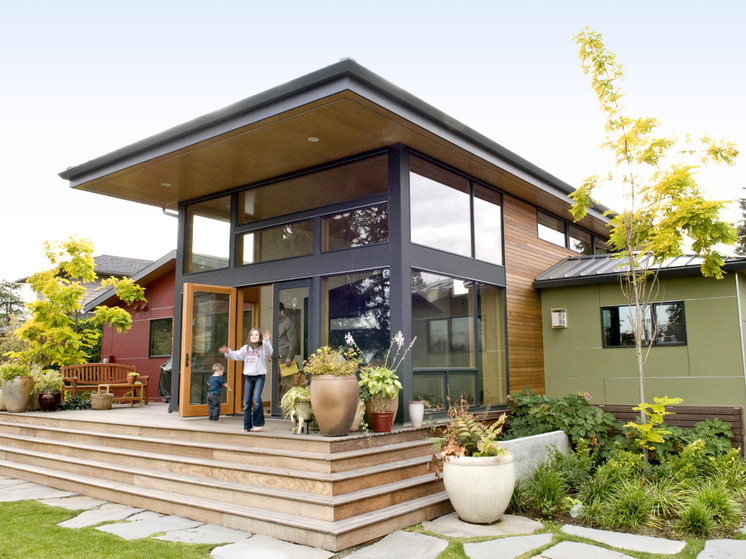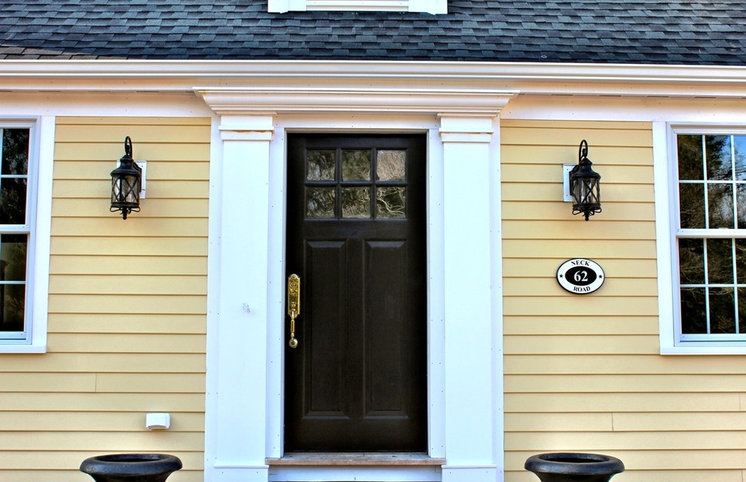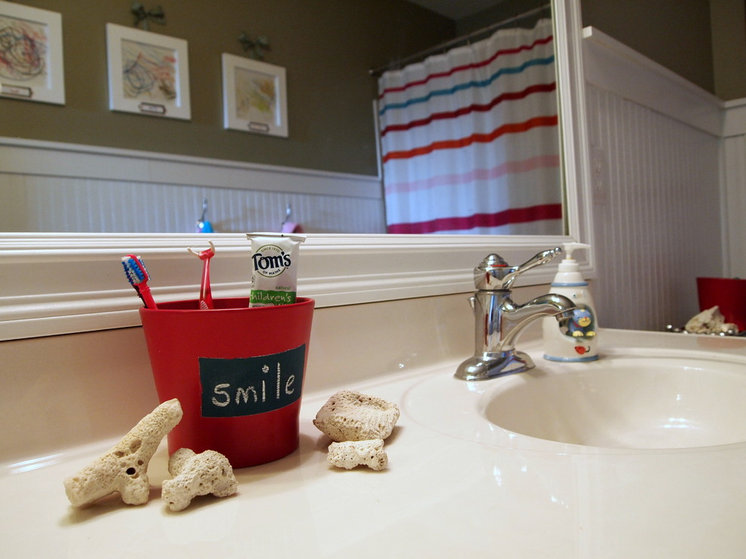Daybed: Case Study Day Bed, Modernica
Tag Archives: Real Estate Agent
Re-Purposed Items as Coffee Tables
Gap Under the Deck: Hide It or Use It!
So how do you maximize this awkward space? Whether you want to completely hide this area, create a semiprivate screen or turn it into storage, here are six ideas to help transform what’s often a landscape eyesore into a landscape feature.
Tip: Be sure to include some evergreens so there will be screening year-round. Agaves surround this Australian deck.
Tip: It’s standard that a deck 30 inches or more above grade level must have a railing at least 36 inches tall. Be sure to check your local building codes.
Tip: Use materials that match the style of your home. Here wood shingles on the side of the deck mimic the wood shingles on the home. Matching materials is a great way to create a cohesive look between your home and its surrounding landscape features.
Tip: Even if your deck is only 2 or 3 feet off the ground, creating a hatch for access to the crawl space is a good idea if you have utilities or pipes that run under your deck.
Regardless of the size of the space under your deck and stairs, there’s a creative solution for every situation that will suit not only your needs but also the style of your home and garden.
Pegboard Ideas for Your Whole House
Safety note: Be sure to keep the objects out of the reach of tots who are able to pull themselves up to a standing position.
Light: Ikea
Pegboard: PegBoard X2 in stainless steel
Have More Fun Decorating Your Home
There is plenty of anecdotal evidence to suggest that physical, emotional and social blessings flow from looking at life in a lighthearted way. Today’s world is not always easy to come to grips with, but at least we can give one small patch of it a warm and happy glow. Our homes are not only about beautiful design; they are about us and about how we live. Here are some ways to enhance your lifestyle and your home through the best medicine of all.
A giant fish as a welcomer says, “Sense of humor ahead.” Corrugated iron is a popular material for gate art — it is relatively cheap and develops rusty battered charm as it weathers. Can you see EE I EE I O Sid the Sheep, handmade from 44-gallon drums, as a guardian for your gate?
The blissed-out elephant on the shower curtain here (reflected in the mirror) is sure to cause bath-time giggles for water babies of all ages. Just looking at it makes me want to splash and sing.
This family has put a giant photo where it’s impossible to miss the gorgeous, funny face and beautiful brown eyes. Most print shops will make stretched canvas prints of your photos.
Make a place where everyone is free to express his or her inner comedian, such as a giant pegboard or a wall, tabletop or kitchen cupboard door painted with chalkboard paint. Chalkboard paint isn’t just black anymore — it comes in all kinds of colors, and you can even make your own.
See how to make chalkboard board paint in your favorite color
These custom-made copper cabinet handles add a frivolous touch to the kitchen — the arrow on the end is pointing out the wine refrigerator. I recently splurged on two bronze kitchen cabinet drawer knobs in the shape of brussels sprouts, which have caused much commenting and mirth.
An original mind with a great sense of humor saw the potential in an old ship’s porthole and gave the family cat, Gobi, a witty way to go in and out. A friend of mine has adorned her cat door with a gorgeous over-the-top picture frame — fitting for her uppity cat.
Smart Solutions for Clothes Closets
Hardworking space: The clothes closet.
The challenge: When the clothes closet is working well, it makes getting ready (and getting on with your day) a breeze; when it’s not, mornings can become a hassle. These ideas can help you find the right storage and organizing plan for your space.
Good to know: It helps to measure your stuff before investing in a closet system — that way you can be sure you’re getting exactly the right storage for your wardrobe.
Why: Having enough room to hang your crisp shirts is a must, but using a sliver of extra closet space for a tall, narrow shelving unit can be worth sacrificing a bit of hanging space — shoes, jeans and sweaters can all fit on shelves 12 to 16 inches wide (measure your belongings to see what size you need).
Cost: From $100 for a simple freestanding shelving component; more for a semicustom unit with integrated shelving and hanging rods.
Why: A simple bookcase with adjustable shelves is often just the right size for holding shoes, boots, bags and more.
Extras: To use your bookcase as storage for sweaters, add shelf dividers to keep piles from toppling over. If you keep your shoes in their boxes, label the outside with a photo of the shoes so you can tell what’s what at a glance.
Cost: From about $150 for a simple bookcase. Or repurpose a bookcase from elsewhere in your home for free.
Why: Get more function out of a spacious master bedroom by using free space for a dresser and wardrobe. Positioned in the same zone, these pieces act like a dressing room, with everything you need to get ready in one place.
How: Position the master bed in the center of the room instead of on a wall to allow room for a dressing area behind the bed. This works best with a large (king- or California king–size) bed with a solid headboard, as shown here. Place your dresser behind the headboard, facing the closet or a freestanding wardrobe.
Layout tip: This arrangement works well onlyin large bedrooms — once everything is positioned, you should have 3 to 4 feet (or more) between the dresser and closet doors.
Why: This smart space saver can pack dozens of pairs of shoes into a relatively small space.
How: Many cabinets and closet systems can be customized with sliding shelves. If you already have a closet system, purchase components from the same manufacturer to ensure that they fit. If you are creating a closet from scratch, work with a closet designer toget exactly the shoe storage you need.
Planning tips: Note the measurements of the shoe shelves you will be purchasing, and tape out the dimensions on your floor. Then fill the space with shoes you want to store — this will allow you to know precisely how many pairs each shelf will fit. Pay attention to the height of the shoes you want to store, too — flats and sneakers can go on shelves positioned closer together; heels and boots need more space.
Cost: From $50 to $150 and up per shelf.
Why: Sneak a lot of storage into a sliver of space with a slim pullout closet component for shoes, bags and more.
How: This is best worked into a larger closet design plan. Look for pullout shelving in a ready-made closet system, or work with your closet designer to create the perfect slide-out shoe shelf for you.
Planning tip: Take the time to measure your shoes, bags and anything else you hope to store before choosing a piece like this — it won’t do you much good if your favorite shoes are too big to fit inside!
Cost: Around $500 and up, with higher costs for better materials, more intricate details, additional shelving and custom designs.
Why: Handy folks can save cash by building their own shelving and hanging rods. Doing it yourself also will allow you to customize the pieces to fit your space perfectly.
How: Use scrap wood and simple brackets to create shelves to store clothes, shoes and accessories. To make a hanging rod, drill a hole near each end of a wooden pole. Thread rope through each hole and knot it securely before attaching to the ceiling — an improperly tied knot, an insecure connection or too much weight on the rod can cause it to fall. If you’re at all unsure, get a handyperson to install it for you.
Cost: If the components are purchased new from a home improvement store, a project like this could cost from $200 to $500. To keep costs lower, search locally for free or low-cost scrap wood and supplies.
My Houzz: 2 Tools + 1 Resourceful Guy = Lots of Great ‘New’ Furniture
Why: Hide a wall of clothing storage with the sweep of a curtain — a great solution for studio apartments and other small spaces.
How: Hang ceiling-mounted curtain tracks along the length of your closet storage wall.
Planning tip: Measure carefully before ordering curtains to ensure they are long enough to reach from ceiling to floor — you can always have them hemmed a bit shorter, but if they are too short, there’s not much you can do.
Cost: $5 to $50 for a ceiling-mounted curtain track, plus the cost of the curtains.
Why: If you’re short on closet space but lucky enough to have a spare room, turning it into a spacious walk-in closet and dressing area can make getting ready a pleasure. Using closet components that can be removed will give you the flexibility to use the room for another purpose (guest room, nursery, office) down the road.
How: Houzz user babacon, who shared this photo with us, used pieces from the Hemnes line at Ikea to transform a small spare room into a highly functional dressing space. Dresser drawers and shelving hold folded clothes and shoes, while storage above hanging rods holds items used less frequently.
Cost: $400 to $800 for dressers and basic closet components, installed yourself.
Why: Supplement limited (read: overstuffed) closet space with a hanging rod, a bench and woven bins for accessory storage in the bedroom. Give outfits for the upcoming week room to breathe and keep favorite shoes and accessories close at hand with this setup.
How: Install a ready-made hanging clothes rod or create your own using plumbing pipe and fittings from the hardware store. A bench positioned beneath the hanging rod (purchased or made to fit) can be a perch for putting on shoes or can act as a shelf. Tuck a few baskets beneath the bench to hold accessories or sweaters.
Clutter-busting tip: This setup runs the risk of looking messy if you store too many clothes on the rack. Instead of thinking of this as a second closet, treat it as a weekly display area where you can keep your current seasonal favorites within reach and come up with new outfit combinations. Pay attention to what you bring into this zone — things that don’t make the cut could be items to consider culling.
Cost: From around $20 to $75 for a hanging rod or plumbing pipe and fittings, depending on materials and size, plus the cost of the bench and baskets.
7 Deer-Resistant Flowering Trees
(Chionanthus spp.)Fringe trees aren’t a household name, but they should be. The dainty, fringy flowers appear in early spring, just as the leaves unfurl. They’re quite shade-tolerant and are commonly planted as an understory specimen in a shade garden, where they really light up the space when in bloom. They will also tolerate full sun.
The Chinese fringetree (C. retusus) is particularly deer-resistant, though the Eastern U.S. native white fringetree (C. virginicus) is also a worthwhile choice where deer are an issue.
Where it will grow: Hardy to -20 degrees Fahrenheit (USDA zones 5 to 9; find your zone)
Light requirement: Shade-tolerant but will also tolerate full sun
Water requirement: High
Mature size: 15 to 20 feet tall and wide
(Lagerstroemia indica)Crape myrtles are one of the most popular flowering trees in warm climates. They have smooth, exfoliating bark and their brightly colored, paper-textured flowers make a stunning midsummer display — few trees flower for as long as crape myrtles. These sun lovers are tough, easy to grow and quite unpalatable to deer.
Many varieties of crape myrtle are available with different flower colors and sizes. Shades of pink, purple and white are most common, and sizes range from 18-inch dwarves to 40-foot giants.
Where it will grow: Hardy to 0 degrees Fahrenheit (zones 7 to 9)
Light requirement: Full sun
Water requirement: Moderate
Mature size: Varies by species
(Magnolia x soulangeana)With their delicate pink blush and teacup size, the flowers of saucer magnolia are a real head-turner when they emerge on the tree’s bare, gray branches in late winter. Despite their delicate appearance, these flowers are fairly resistant to deer damage. Plant these small- to medium-sized trees in full sun in a fertile bed of topsoil to encourage good health and abundant flowering. Saucer magnolias grow slowly to 20 or 25 feet, though there are related magnolia varieties, such as M. ‘Ann’, that stay under 10 feet tall when mature.
Most magnolias are quite deer-resistant, so you can also consider star magnolias (M. stellata), with large, white, star-shaped flowers; southern magnolias (M. grandiflora), with white, cup-shaped flowers on a large evergreen tree; and many others. Saucer magnolias are hardy in zones 5 to 9, but some magnolia varieties survive down to Zone 3.
Where it will grow: Hardy to -20 degrees Fahrenheit (zones 5 to 9)
Light requirement: Full sun
Water requirement: Moderate, but prefers moist, fertile soil
Mature size: 20 to 25 feet tall
(Amelanchier spp.)Serviceberries are native throughout North America and are known for their delicious blueberry-like fruit, as well as the profusion of white flowers that appear when the trees break from dormancy in early spring. They tolerate partial shade to full sun.
There are numerous species of serviceberry, all of which show good deer resistance. They are a popular choice in cold climates; one species, commonly referred to as a Saskatoon (A. alnifolia), is hardy all the way down to Zone 2. The same species can be suitable all the way up to Zone 10, making it one of the most widely adapted flowering trees. The cold- hardiness of other serviceberry species falls somewhere in between. Most varieties grow about 15 to 20 feet tall, though the downy serviceberry (A. arborea) grows up to 40 feet.
Where it will grow: Hardy to -50 degrees Fahrenheit (zones 2 to 9), depending on species
Light requirement: Varies by species
Water requirement: Varies by species
Mature size: Varies by species
(Chaenomeles spp.)This type of quince is known for its spring flower display, not for its fruit.The flowers are most often seen in shades of pink or red, but white cultivars are also available. Flowering quince is a true dwarf that rarely grows more than 6 feet tall and wide. The variety pictured here is called ‘Pink Storm’.
Where it will grow: Hardy to -20 degrees Fahrenheit (zones 5 to 9)
Light requirement: Full sun
Water requirement: Moderate to regular
Mature size: 6 feet tall and wide, depending on species
(Crataegus spp.)There are many species of hawthorn available, and on the whole they are tough, adaptable trees, tolerating both wet and dry sites. The white flowers are often tinged with pink, like an apple blossom. They are, in fact, closely related to apple trees and produce a small crabapple-like fruit that is edible but usually very bitter.
Hawthorns vary in size, but most are in the range of 15 to 30 feet tall and wide. They are cold-hardy trees, with some species growing as far north as Zone 3. Other hawthorns tolerate warmer regions up to Zone 9. ‘Winter King’, the variety pictured here, is hardy in zones 4 to 7.
Where it will grow: Varies by species
Light requirement: Full sun
Water requirement: Moderate
Mature size: 15 to 30 feet tall and wide, depending on species
(Cornus kousa)Chinese dogwood is absolutely covered in white flowers in spring. It is also known for its ornate shape and 1-inch red berries that ripen in summer (they’re edible but bland).
Where it will grow: Hardy to -20 degrees Fahrenheit (zones 5 to 8)
Light requirement: Full sun or part shade
Water requirement: Consistent moisture
Mature size: 20 feet tall and 15 feet wide
7 Inky Colors to use instead of Black
Paint: Hale Navy HC-154, Benjamin Moore
Paint: Rogue Blue, Valspar
Paint: Beluga, Behr
Base cabinet paint: Mercury, by Fired Earth
Sofas: Swaim; chairs: Lexington; wall paint: Sandy Brown, Benjamin Moore
Coffee table: Bradley Hughes; wallpaper: Sinkiang, Wolf Gordon
Originally published on HOUZZ, by Yanic Simard
15 Bright Ideas for Kids’ Bathrooms
Guide to Selling Your Home and Moving
Tip: If you need to get a lot of furniture and accessories out of your home while it’s on the market, consider renting a storage unit. It could be worth the expense it if it helps your house show better and sell faster.
Tip: Always ask yourself if you can you find a less expensive fix before committing to a big-ticket item. Can you repaint the cabinets rather than replace them? Clean and polish the wood floors instead of refinishing?
More: Fix It or Not? What to Ask When Prepping Your Home for Sale
Tip: Don’t forget the garage door. If your garage is positioned near the front of your home, any flaws in this area can detract from the overall impression.
More:
10 Low-Cost Tweaks to Help Your Home Sell
10 Ways to Boost Your Home’s Resale Value
Tip: Don’t forget to stage the outdoor areas, too. A shined-up stainless steel grill and a hammock in the backyard help potential buyers imagine enjoying summer weekends hosting barbecues and relaxing.
More:
Sell Your Home Fast: 21 Staging Tips
How to Stage Your Kitchen for a Home Sale
10 Tricks to Help Your Bathroom Sell Your House
Tip: The more flooring that can be seen, the larger the room will appear, so consider removing area rugs before having photos taken.
Tip: For your own security and peace of mind, remember to shut down and password-protect all your computers, and hide small valuables.
More:
Tips for Moving Into a Smaller Space
Downsizing Help: Choosing What Furniture to Leave Behind
More: Home-Buying Checklist: 20 Things to Consider Beyond the Inspection
Tip: Keep a master packing list. Number each box as you pack it and mark the number on all four sides. Instead of listing the contents on each box, write down what’s in each numbered box on your master list. Make things even clearer by color coding boxes with basic label stickers to indicate which room they should go to in the new place.
Tip: Double check that your pets’ tags have the new address and your cell phone number on them.
More:
7 Things to Do Before You Move Into a New House
Relocating? Here’s How to Make Moving In a Breeze
